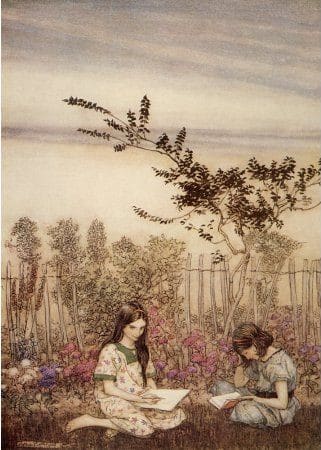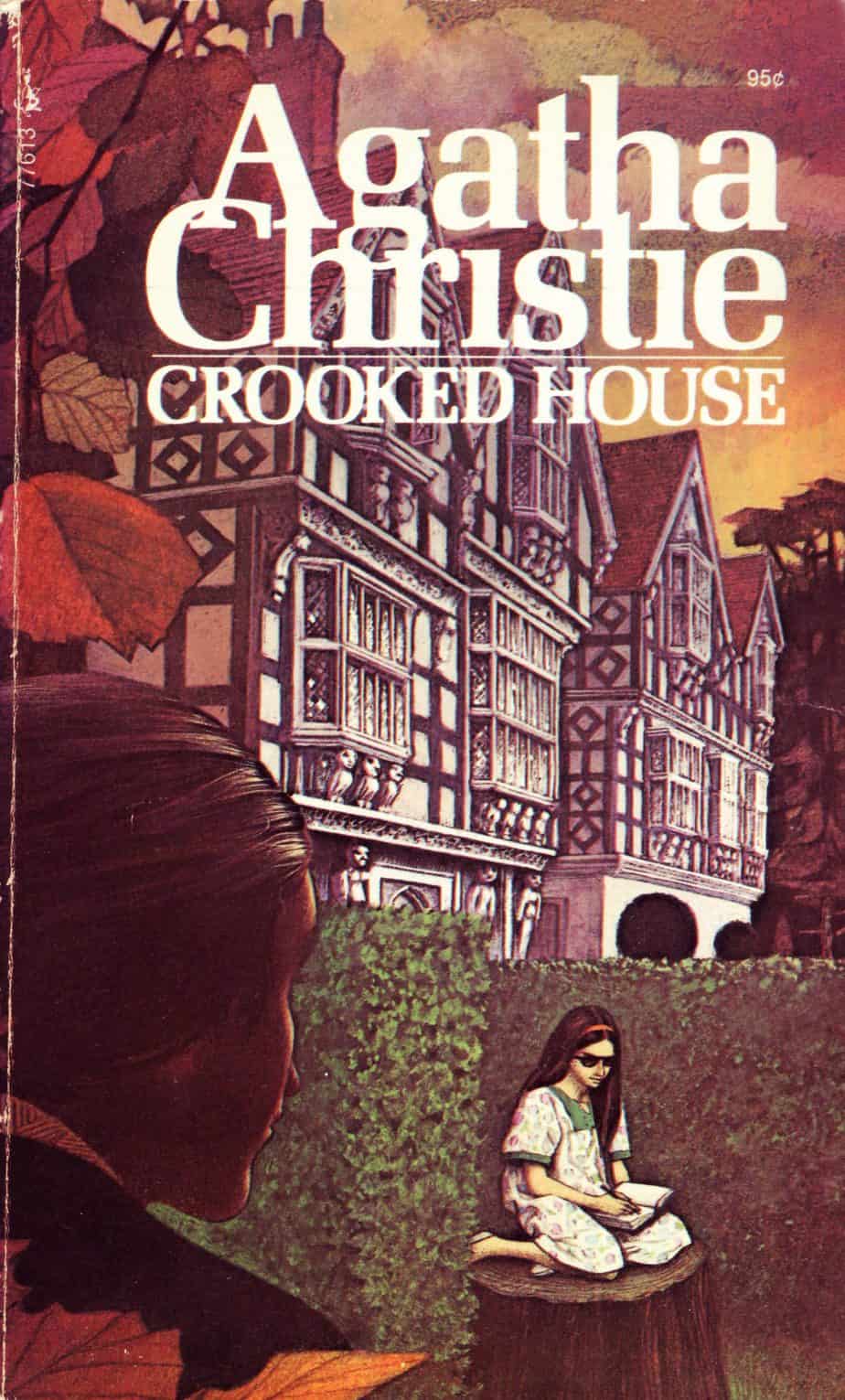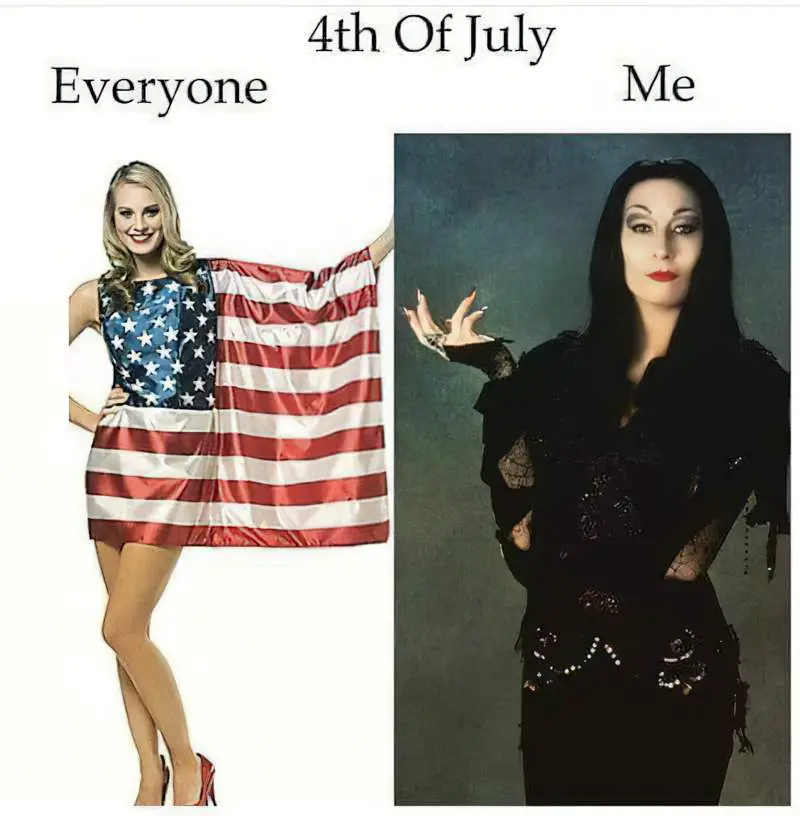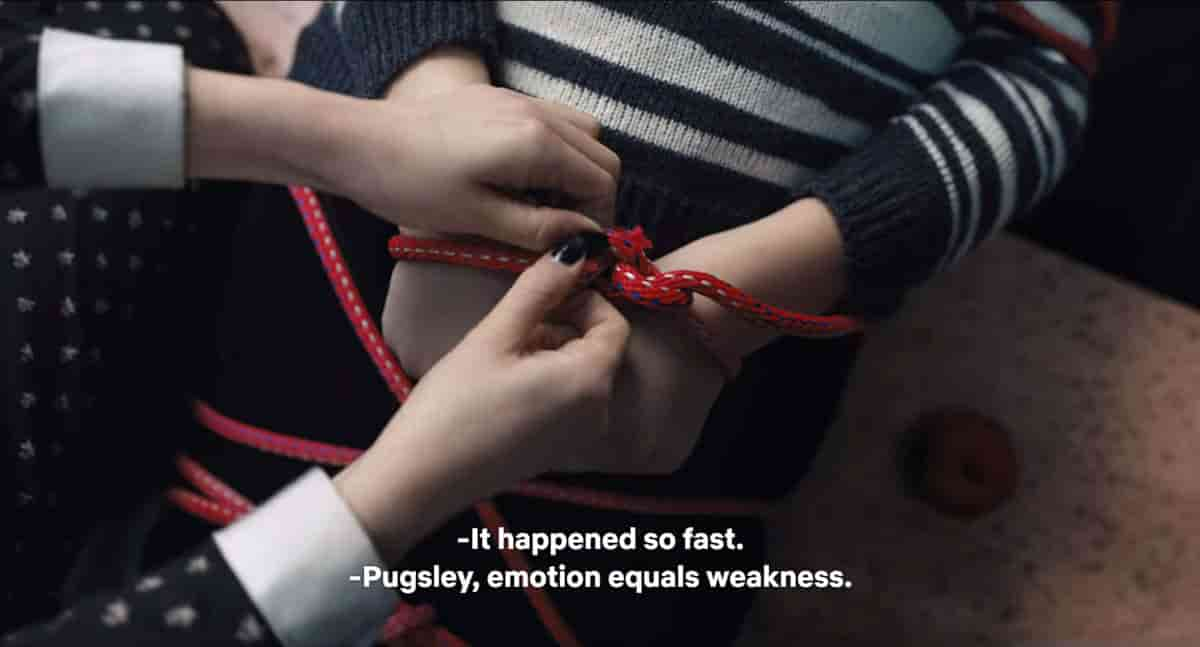Wednesday (2022) is an eight-part Netflix series directed by Tim Burton, created by Alfred Gough and Miles Millar. It is of course an Addams Family reboot. The first TV series ran from 1964-66.
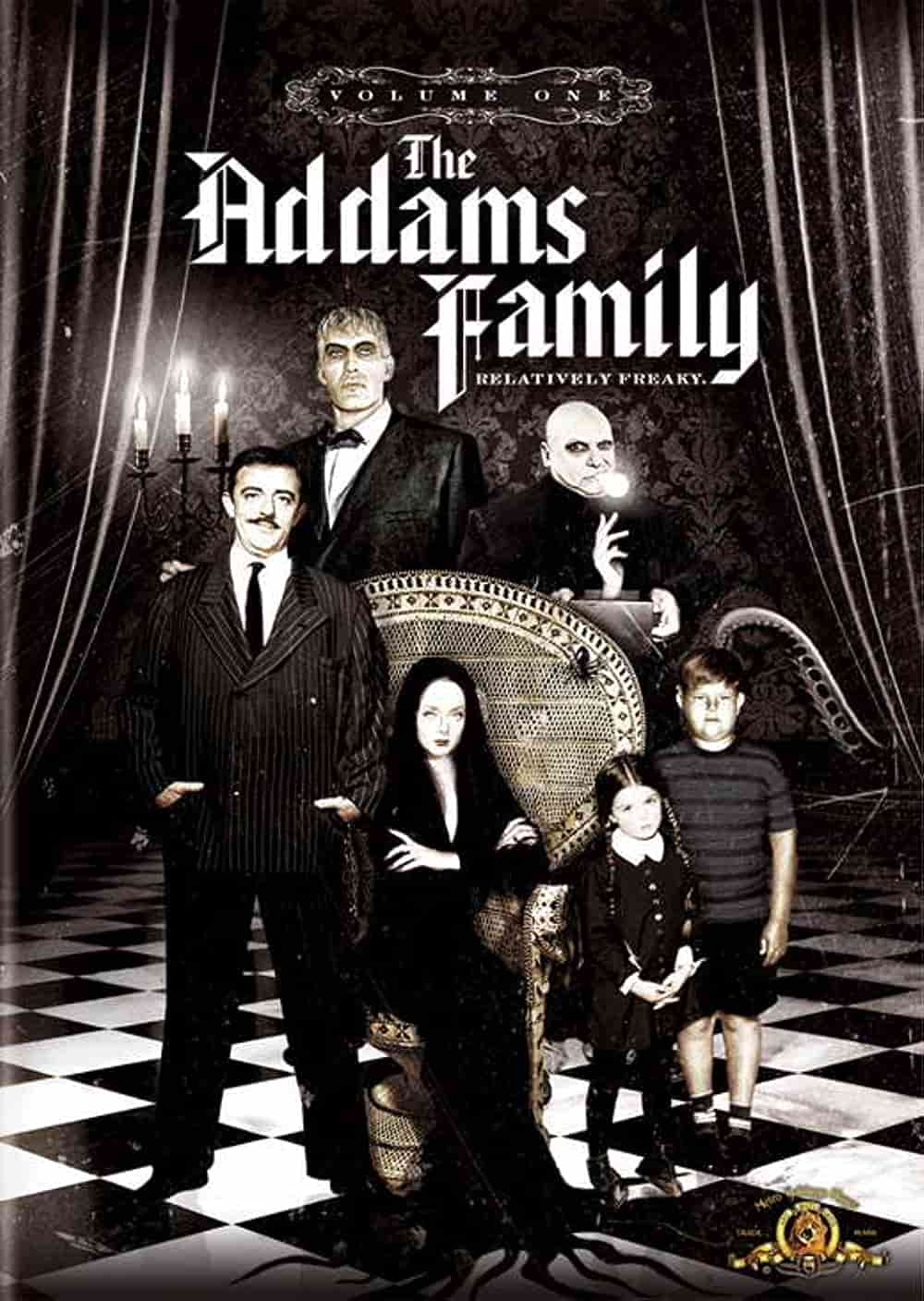
The Addams Family of my own childhood stars memorable faces such as Angelica Houston and Christine Ricci.
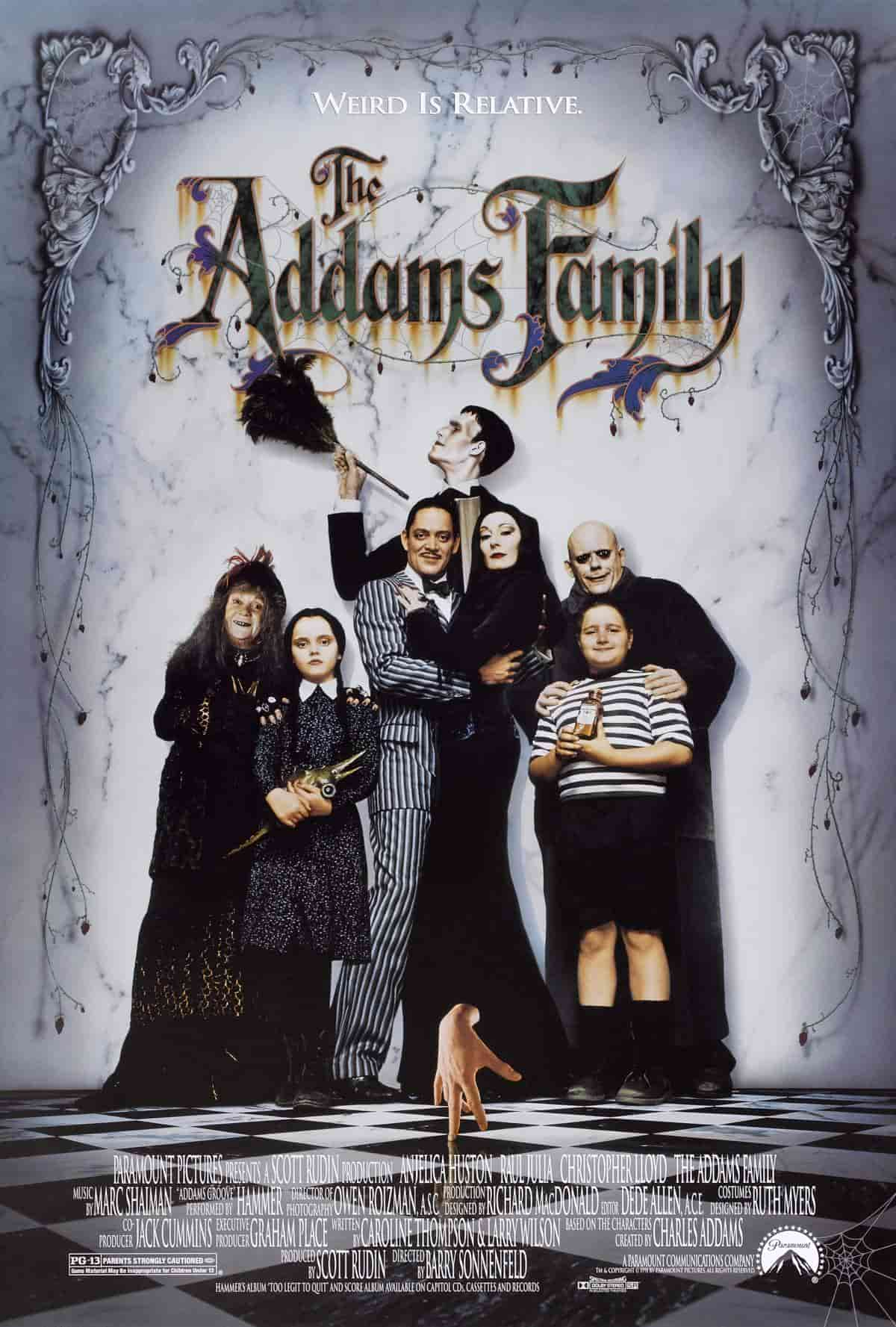
First thought watching the latest reboot: Is this set in the nineties? Or am I out of touch with high school fashion right now, and the 90s have basically come fully back in? That tie-dye, that denim, the boofy high ponytails with scrunchies… it all looks mighty familiar.
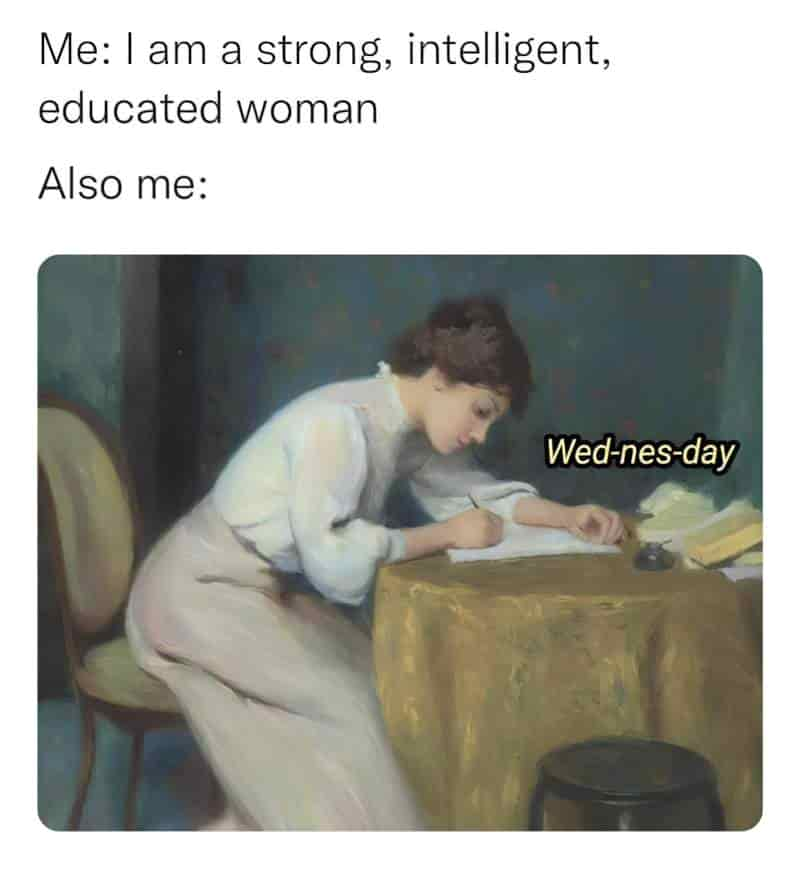
SYNOPSIS
When a deliciously wicked prank gets Wednesday expelled, her parents ship her off to Nevermore Academy, the boarding school where they fell in love.
Tim Burton compares his reboot to a ‘Scooby-Doo Mystery’.
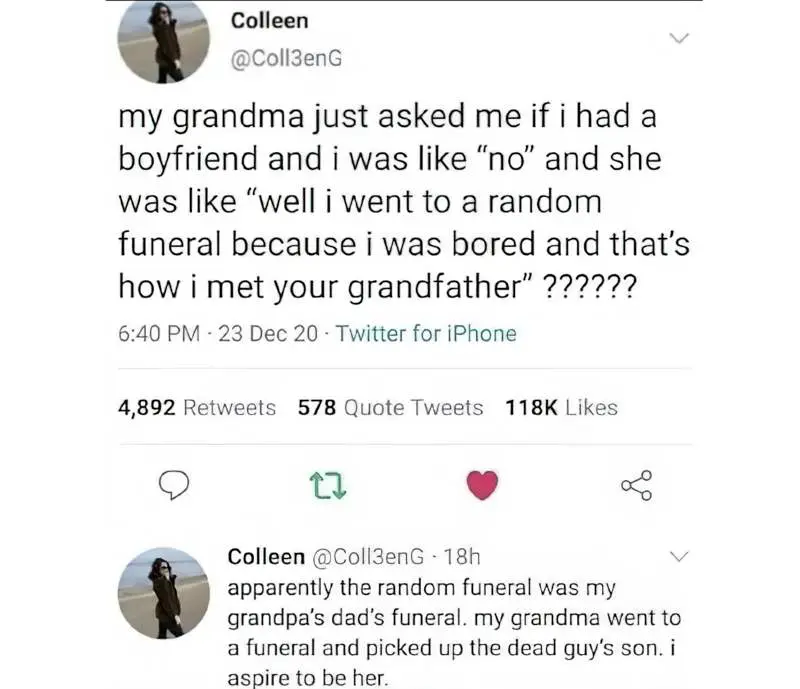
WHEN IS THE STORY SET?

Of course, for those of us were high schooled in the 90s, we were looking back at the 1950s and 60s via popular, nostalgic entertainment: The Wonder Years, Happy Days, Back To the Future… Is this a ‘rule’ of storytelling? Set a story back when the parents of a target audience were kids and it feels like some defamiliarized yet highly recognizable era.
I’m confident this Wednesday reboot isn’t supposed to look like the 90s, per se, but going for ‘ungrounded in time’.
By the way, this reboot is largely filmed in Romania.
THE SOUNDTRACK OF “WEDNESDAY’S CHILD IS FULL OF WOE”
The soundtrack of episode one spans the 20th century, which not only tells us something about Wednesday’s lack of regard for fashion, but also refuses to lock audiences into a particular era.
- “Non, Je Ne Regrette Rien” by Édith Piaf — “No, I do not regret anything” in French, written by Charles Dumont in 1956. Édith Piaf‘s 1960 recording spent seven weeks as a chart-topper. If you’ve never seen the 2007 biopic of Édith Piaf’s life, I highly recommend. It’s called La vie en rose, and Marion Cotillard is magnificent as Édith. Almost unrecognisable, if you’ve seen her in other things. However, the film will leave you on a downer. Édith Piaf had a tough run, despite her fame.
- “In Dreams” by Roy Orbison — Whenever I hear a Roy Orbison song these days I think of the guy who gets all the royalties, as he appeared (several times) on the reality TV series Below Deck. Roy Orbison’s son enjoys family holidays on luxury yachts and spends the entire time drunk. Anyway, this 1963 song expands the imaginative universe from the conscious into the subconscious.
- “La Llorona” by Chavela Vargas — This is a Mexican folk song, popularised in the 1940s, imaginatively expanding the topos as well as the chronos of this story. The “La Llorona” drowns her children in a river in a rage at her unfaithful husband. As a spirit, she wanders the shores of a river forever searching for her dead children. In Latin America the song is associated with the Day of the Dead.
- “Paint It, Black” by The Rolling Stones — Wednesday plays this 1966 hit on her cello (an instrument which serves to make Wednesday look even more diminutive). If you enjoyed this rendition, also check out “Paint It Black” as it was composed by Ramin Djawadi in the Westworld series. I listen to that version often.
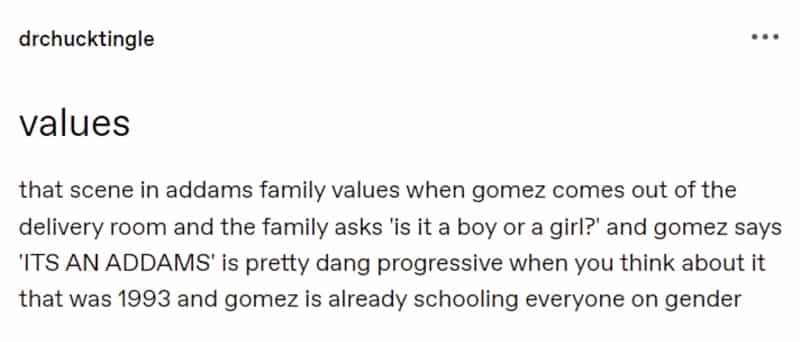
WHO CREATED THE ADDAMS FAMILY?
Of course, any reboot should offer a respectful homage to the original Addams Family: The invention of American cartoonist and illustrator by the name of Charles Addams (1912 – 1988), who popularised a mid-century Goth aesthetic, pasted onto a cosy American nuclear family for comic juxtaposition. (You can see this family in various permutations across the work of sci-fi author Ray Bradbury and also, I would argue, in the dark stories of Shirley Jackson. I can see Wednesday Addams having lived in a castle, poisoning her family, razing it to the ground in an act of annihilation.)
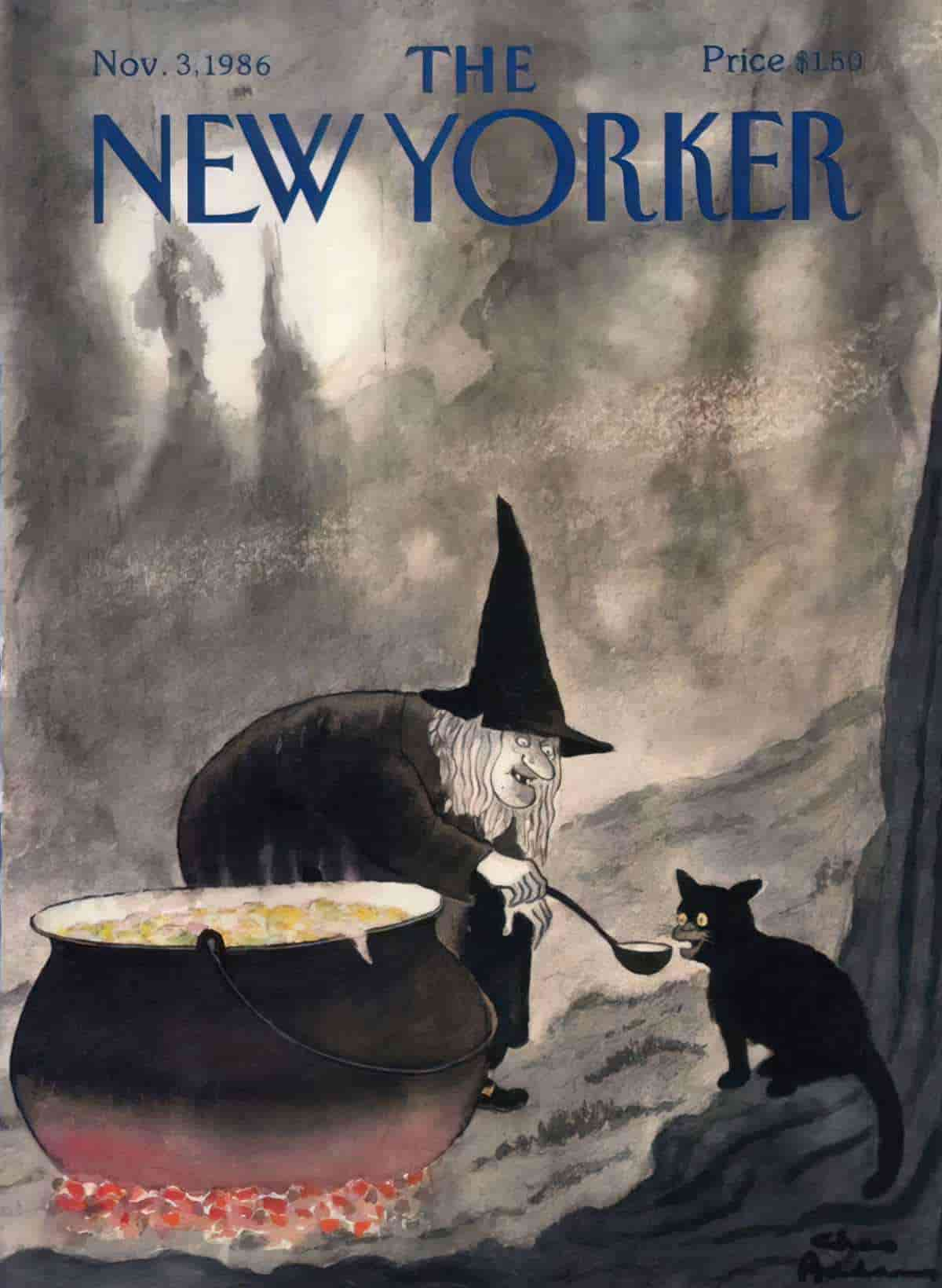
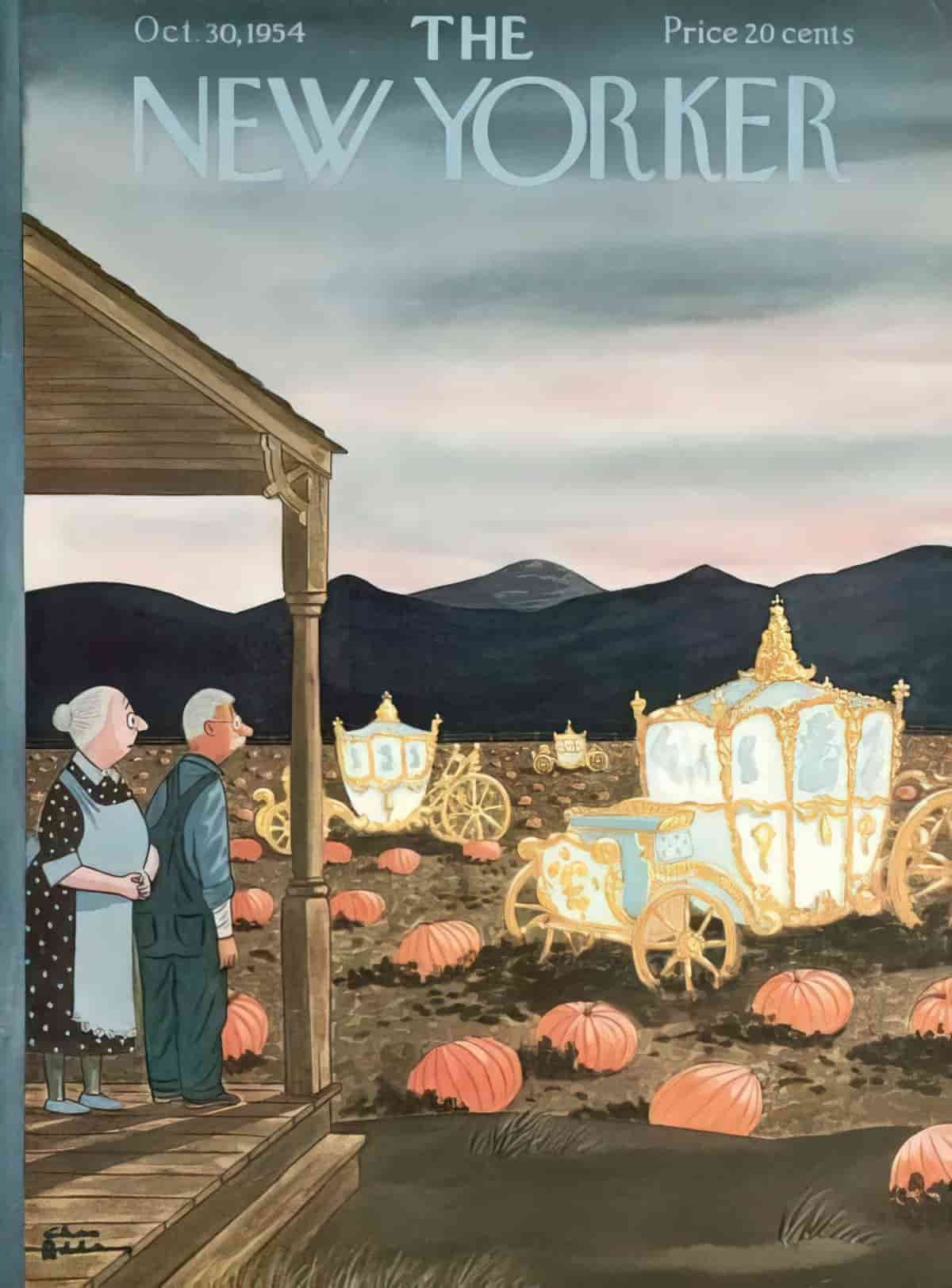
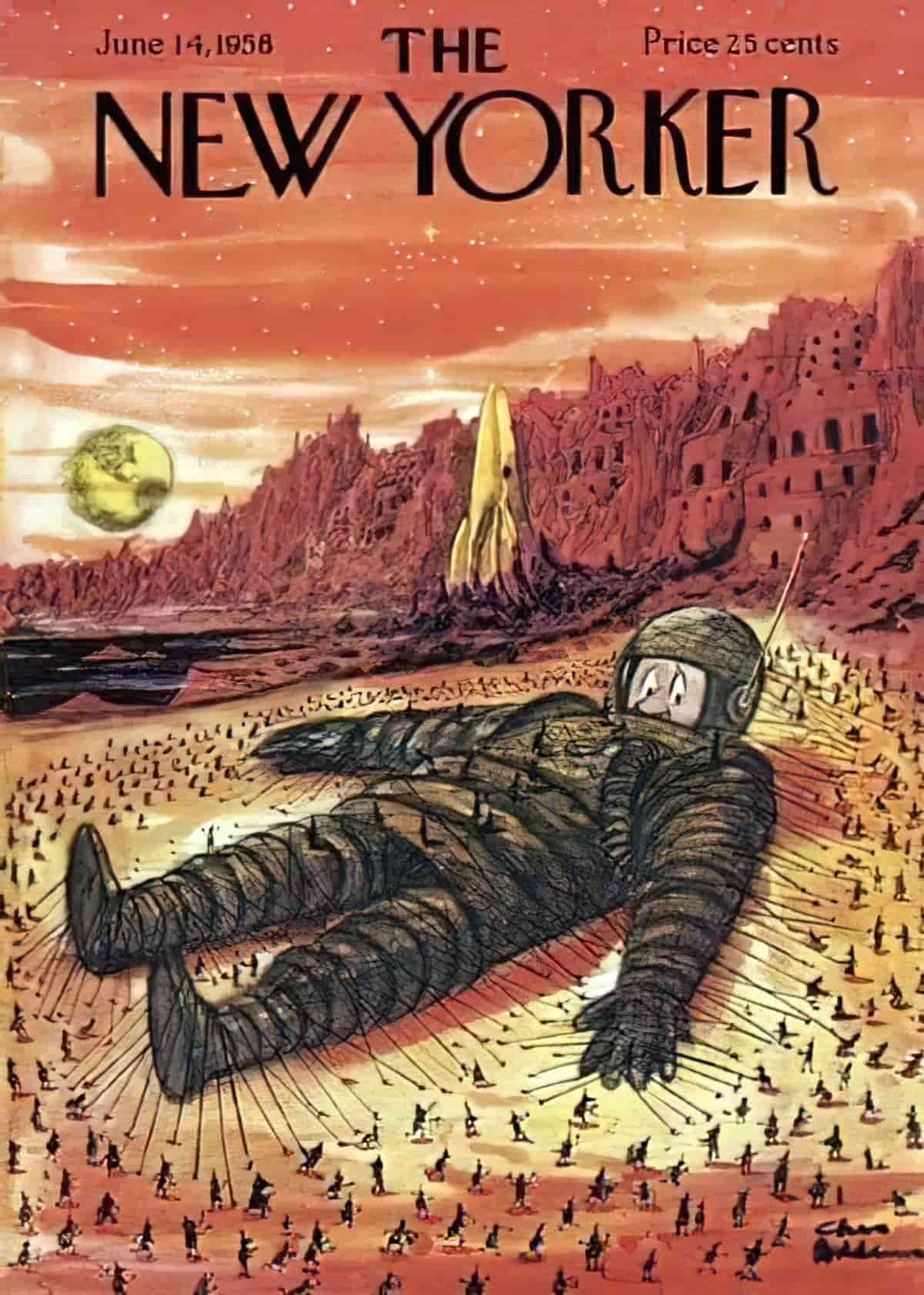
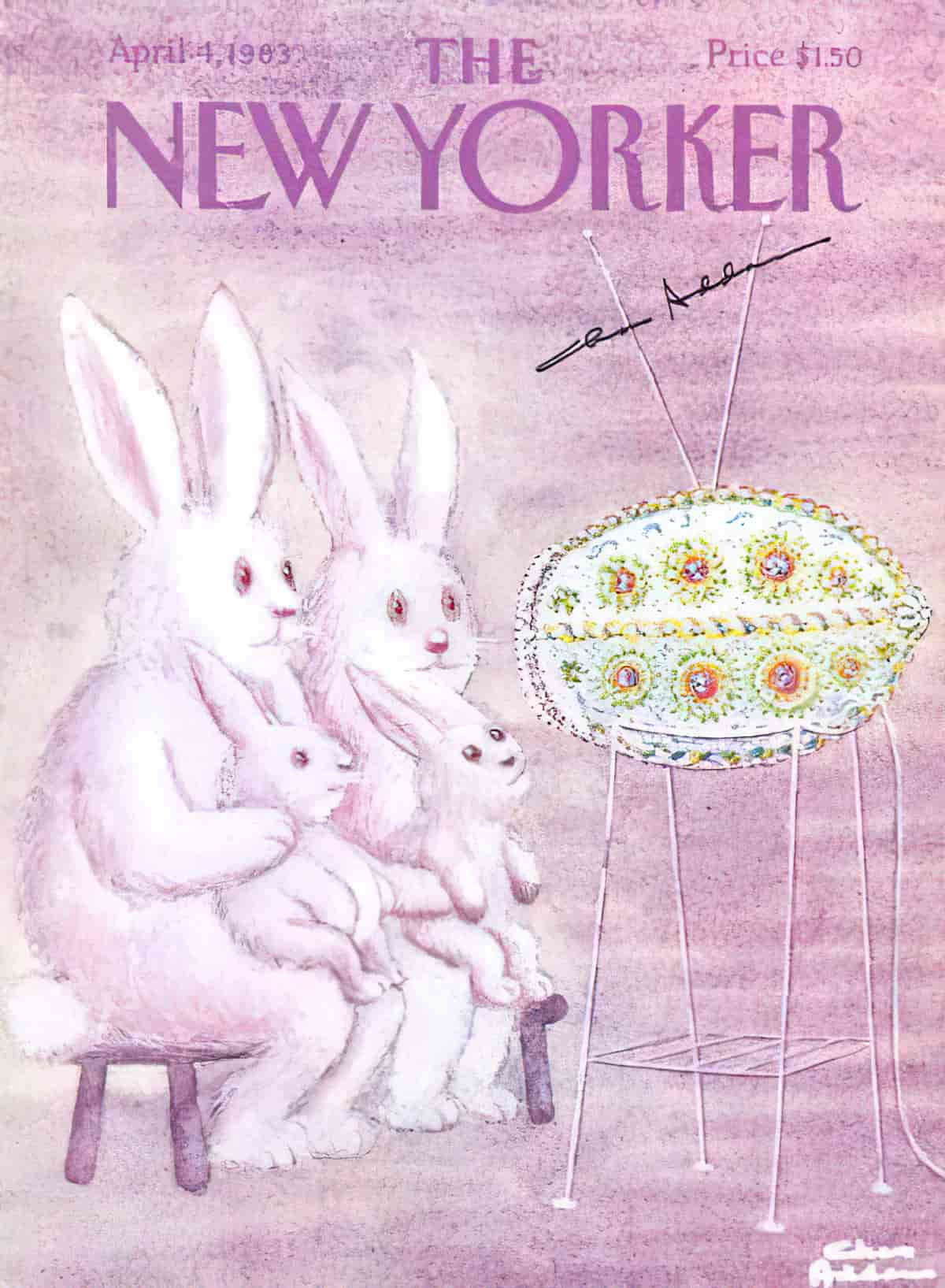
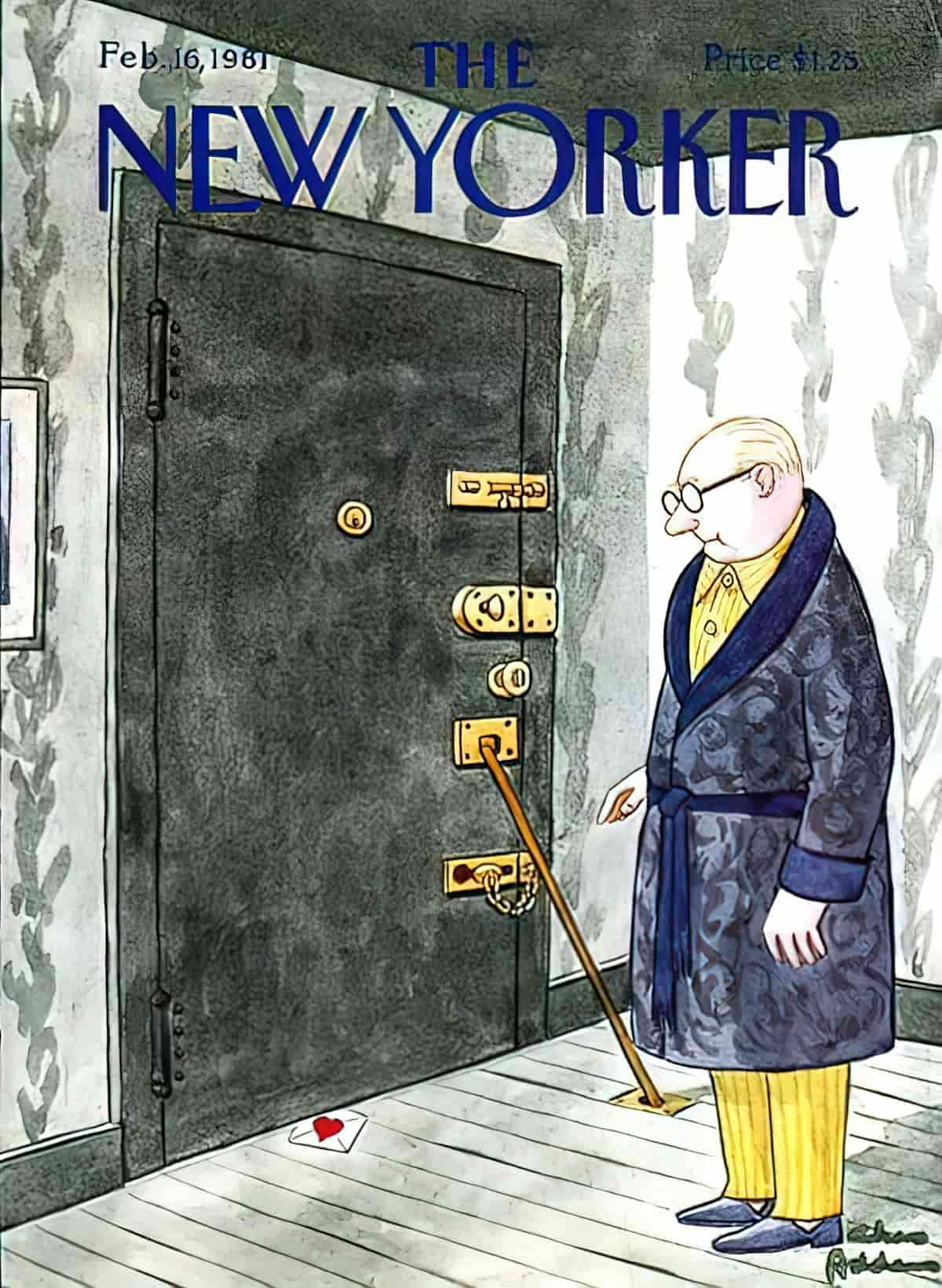
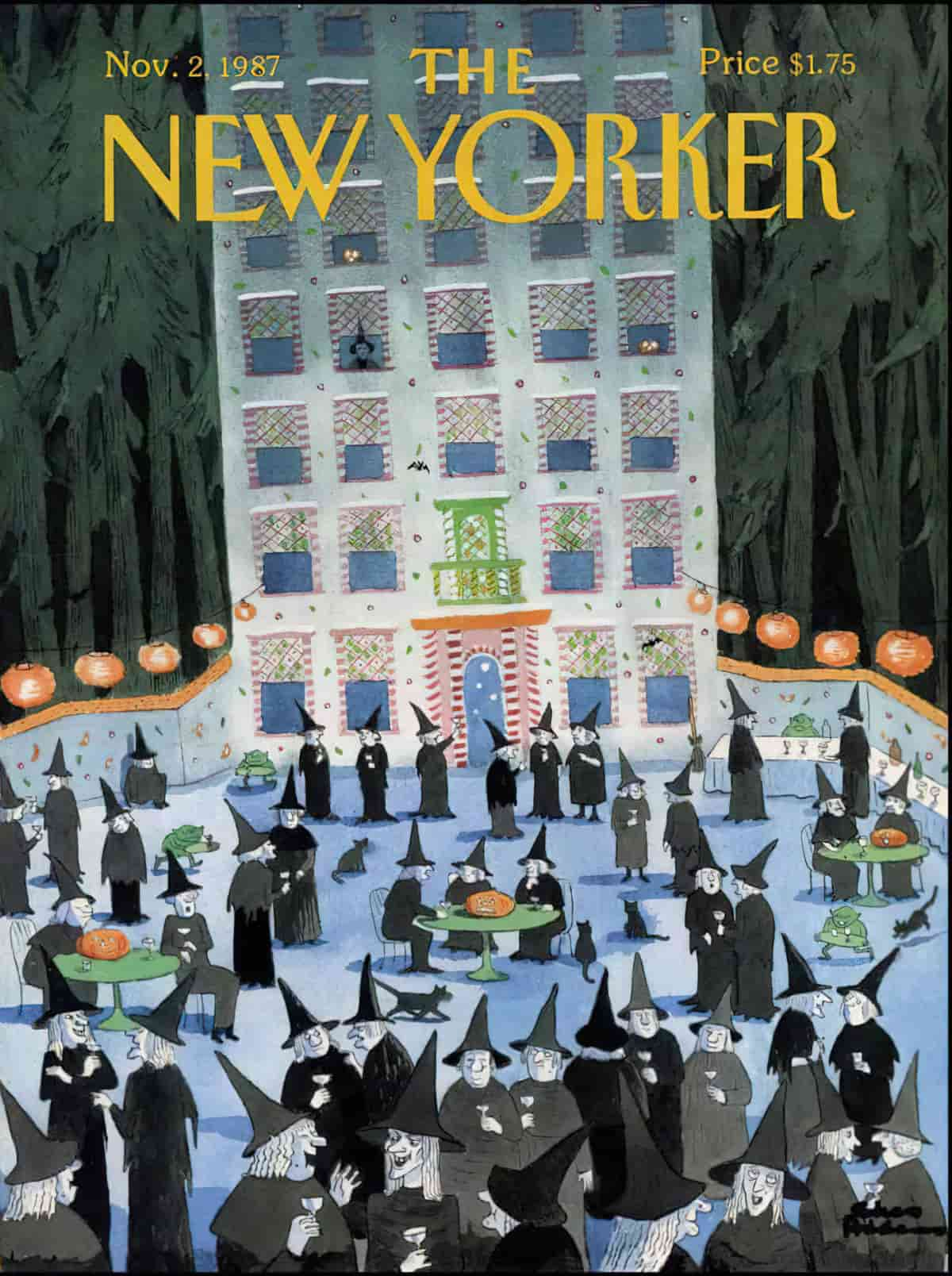
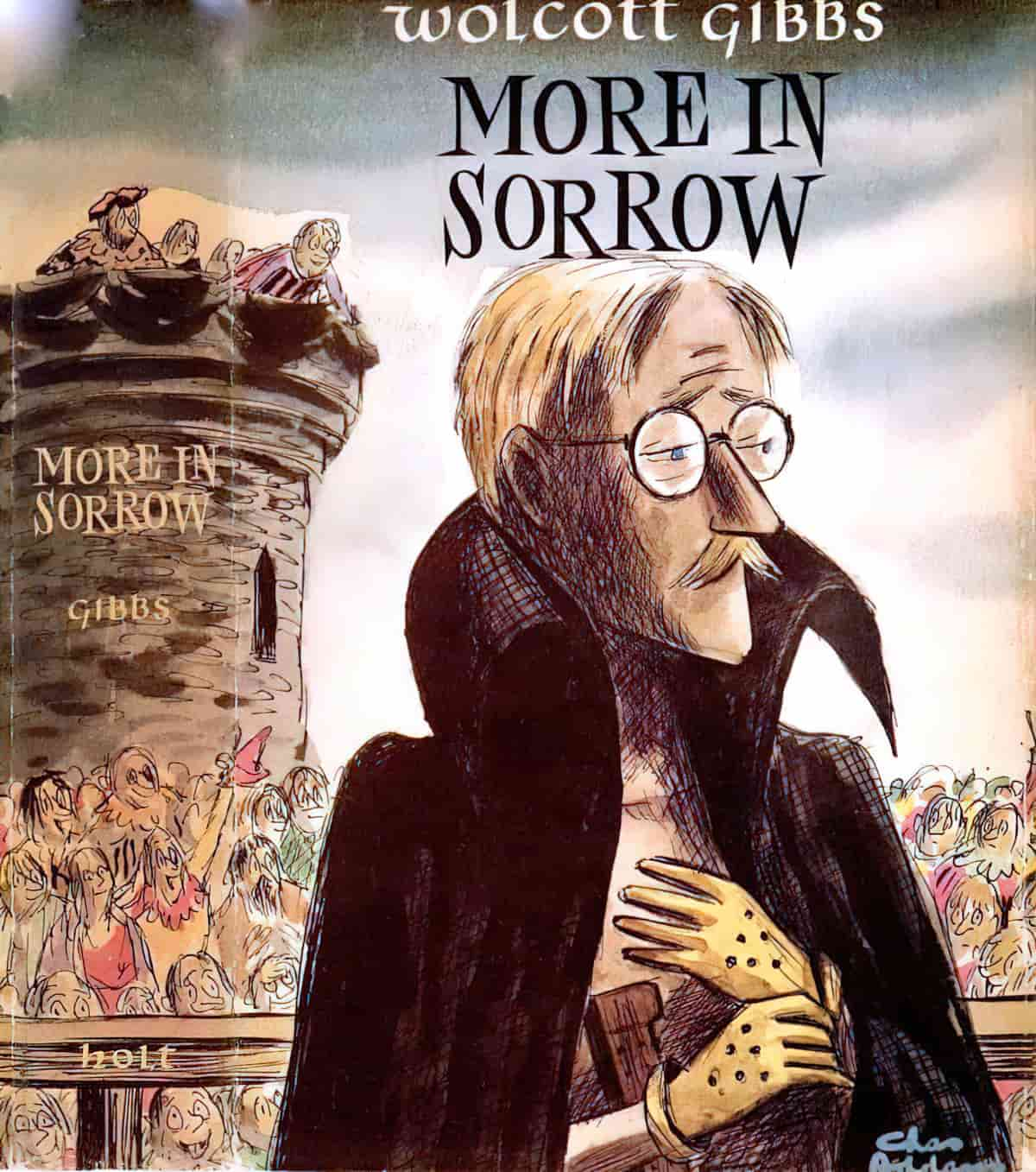
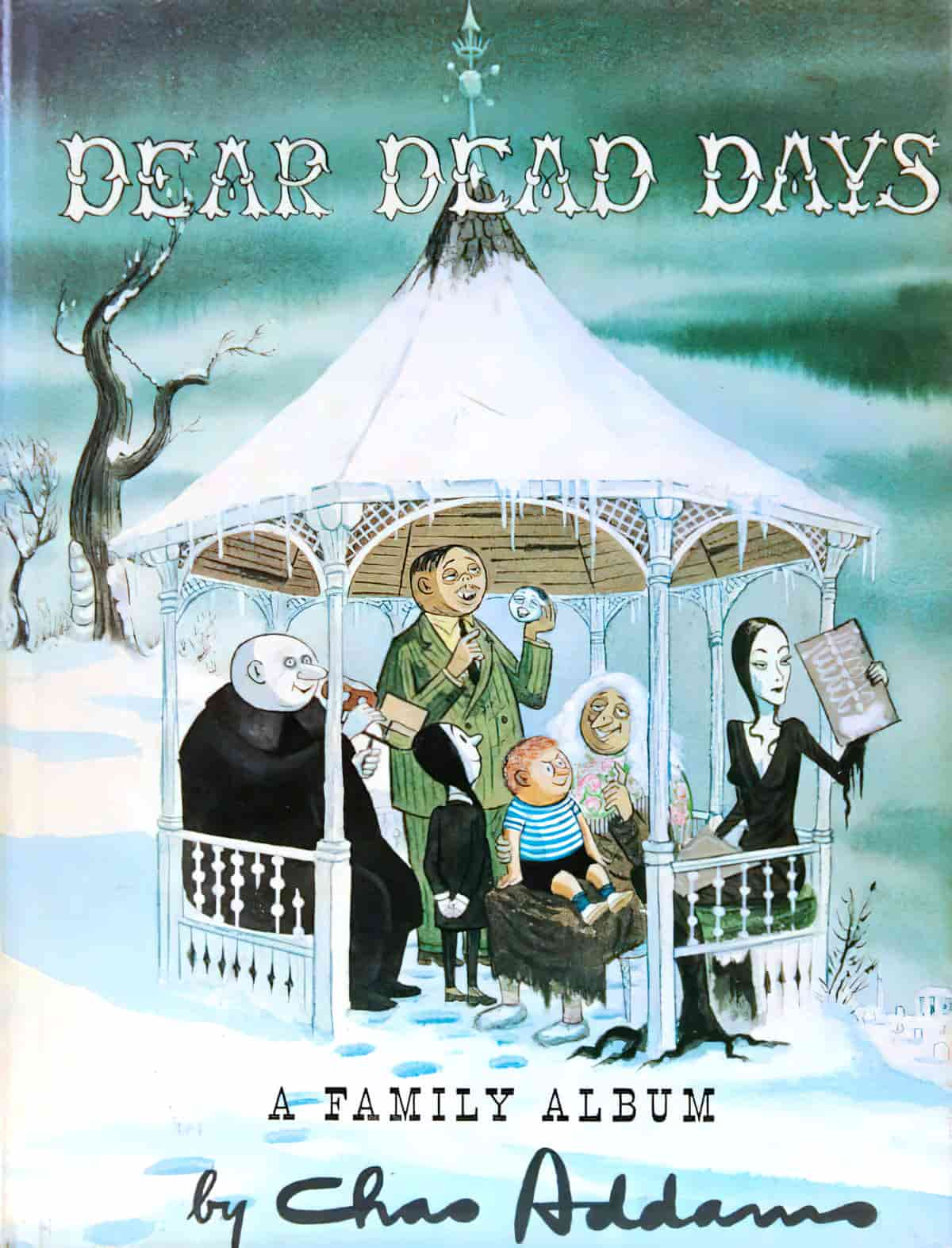
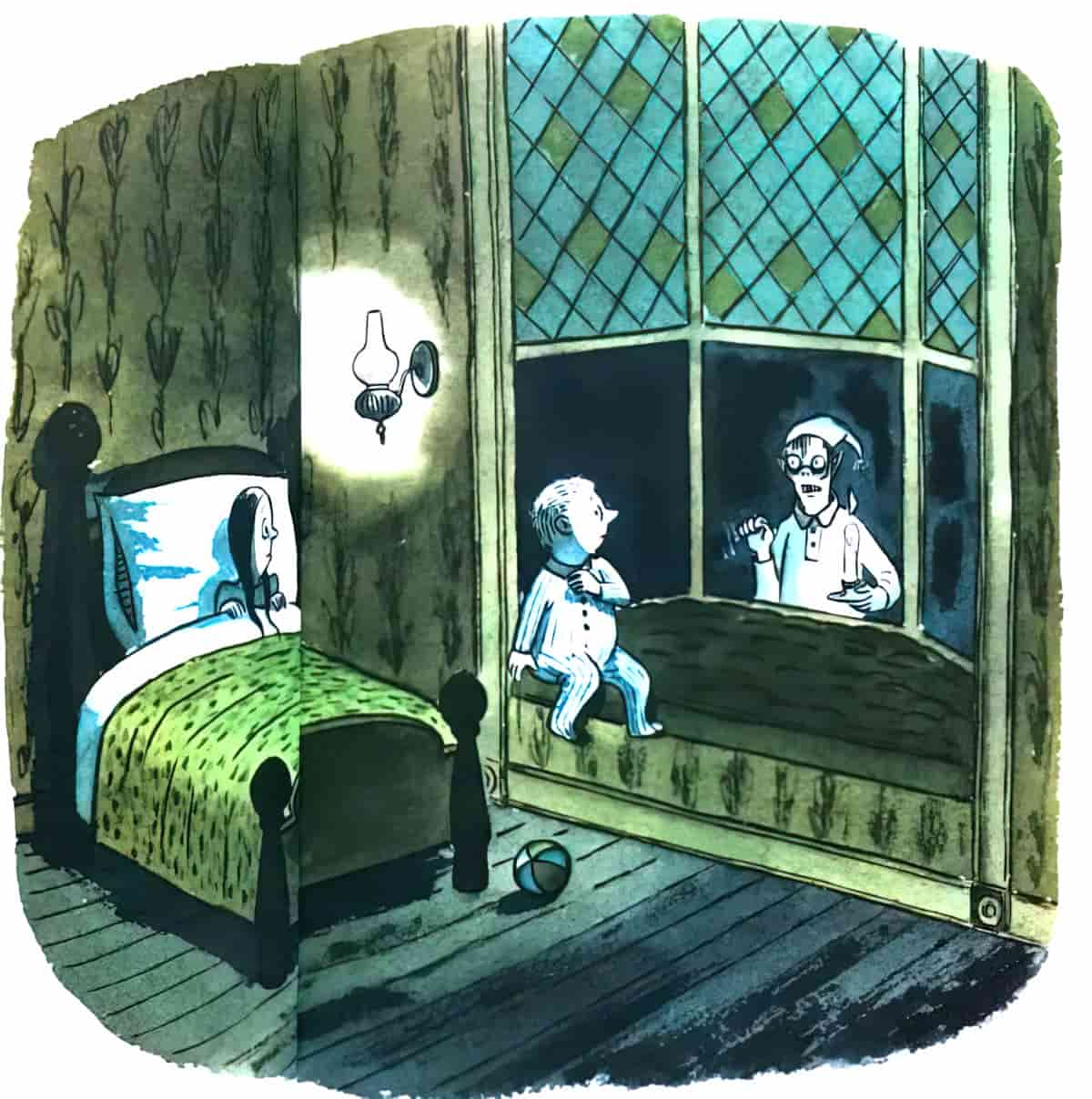
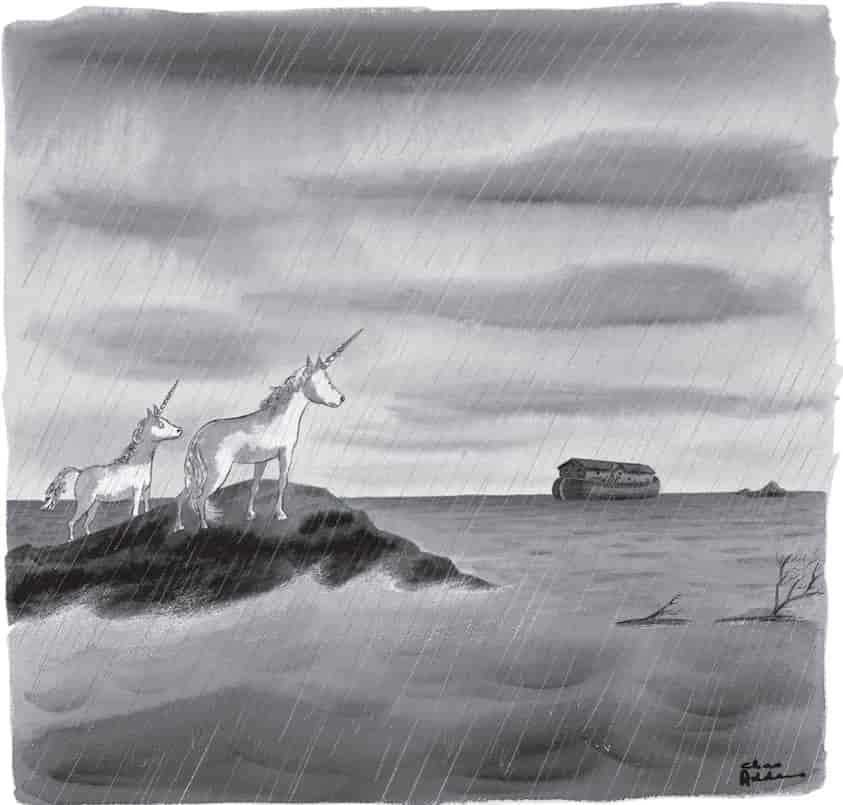
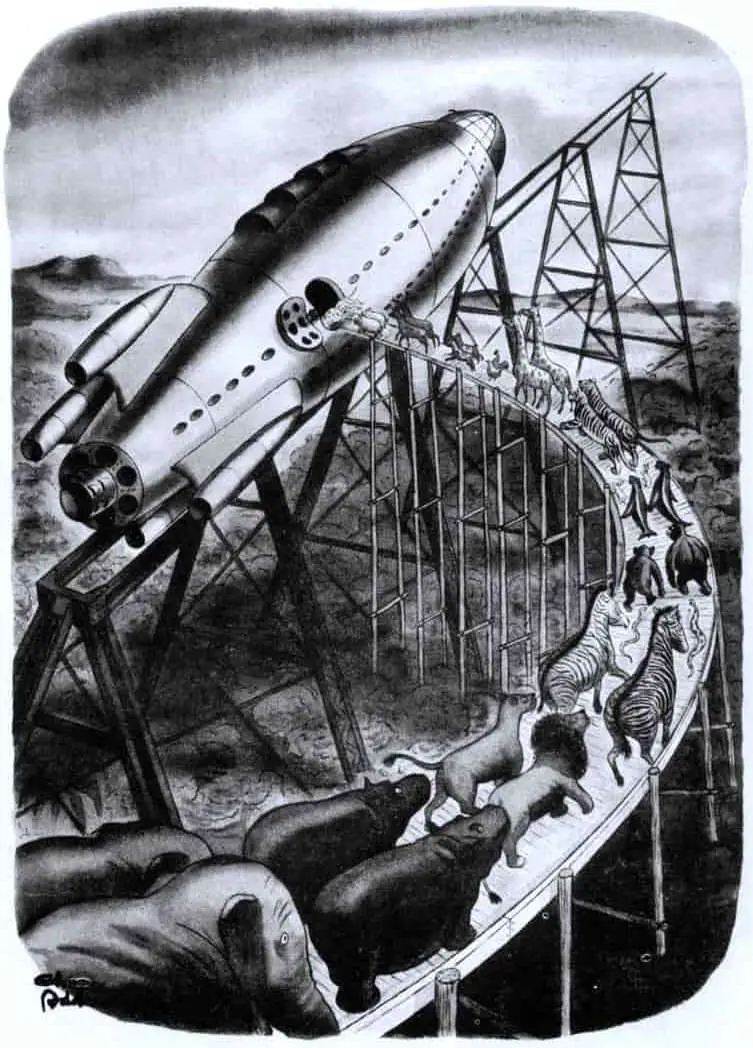
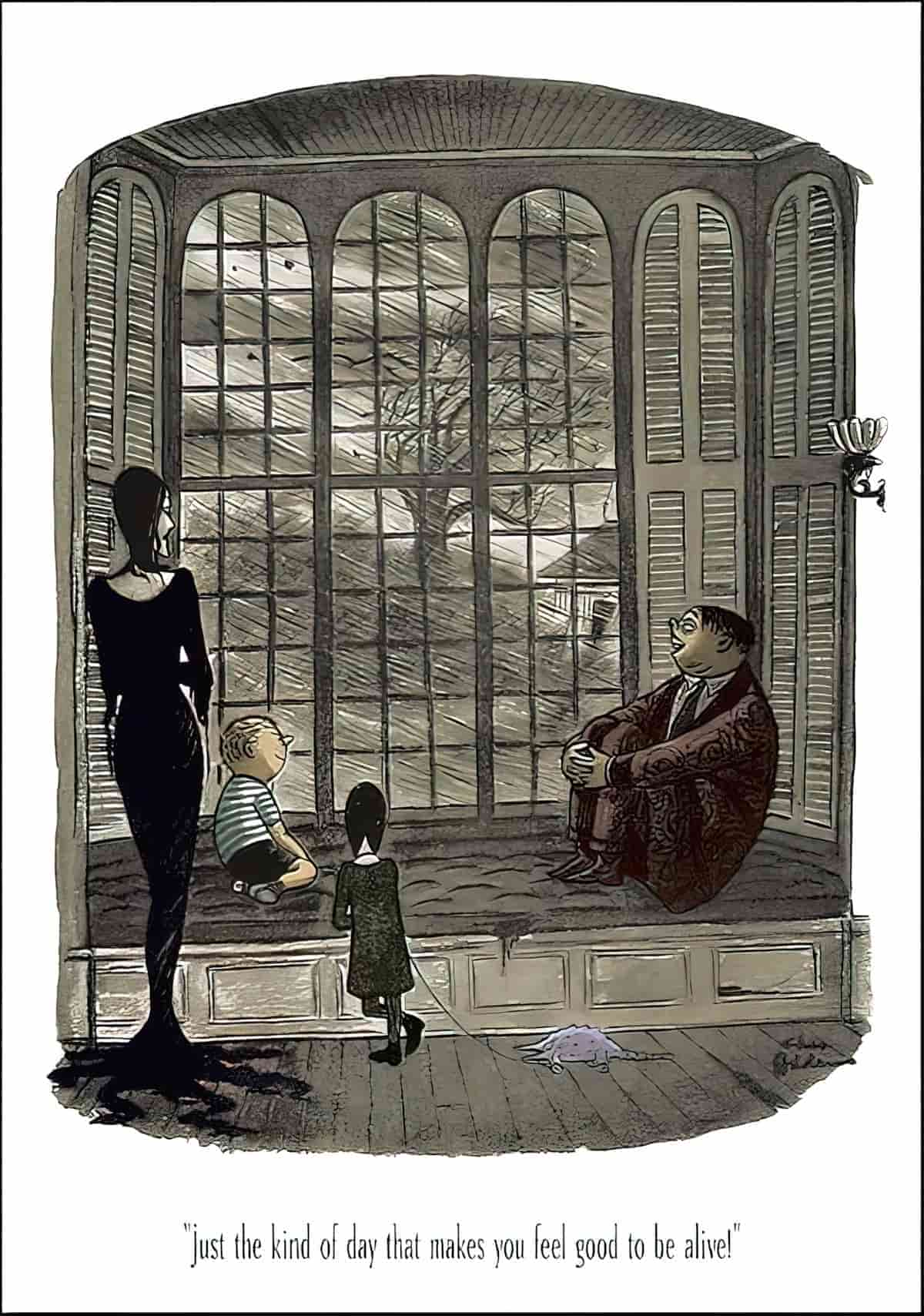

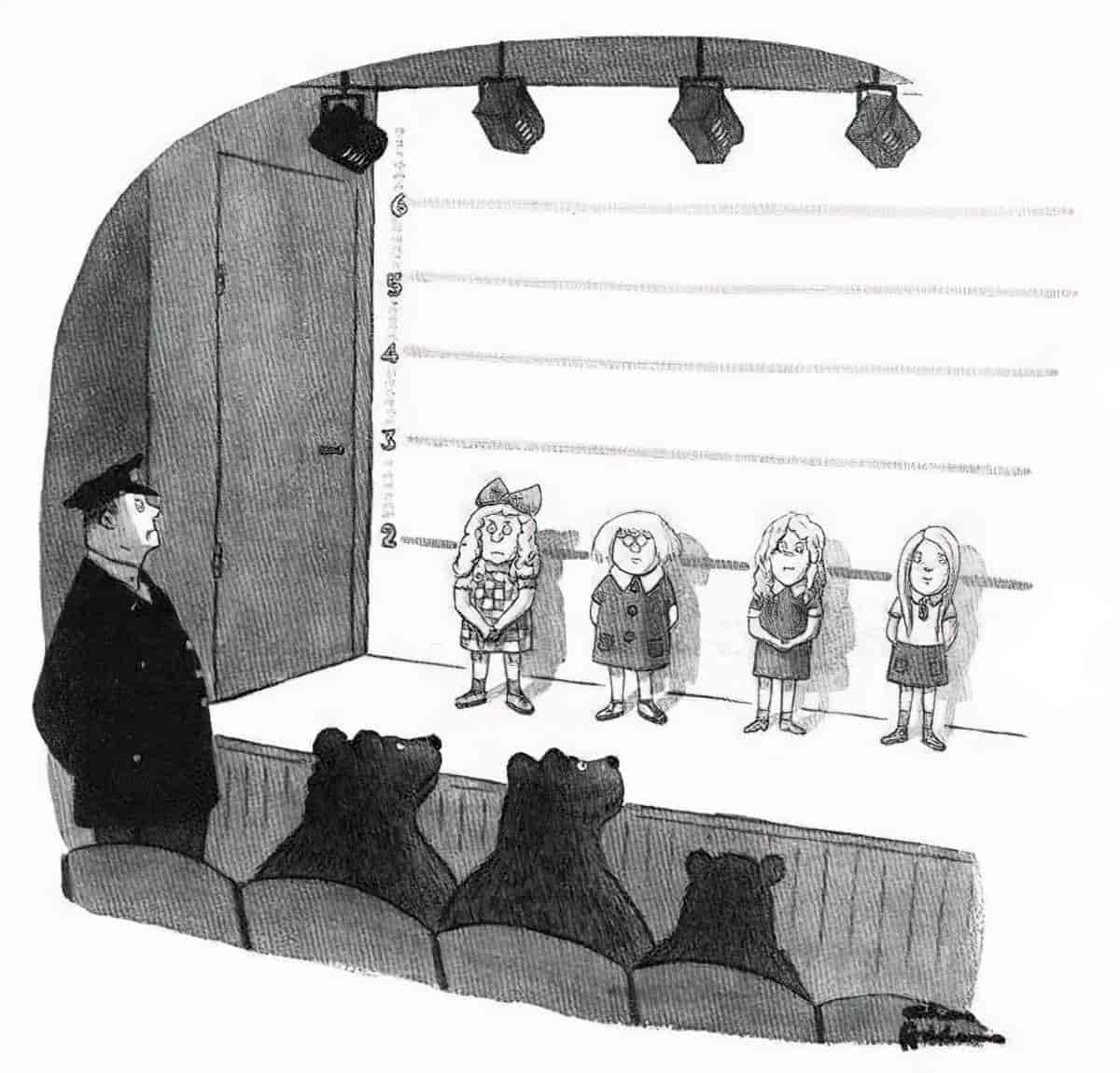
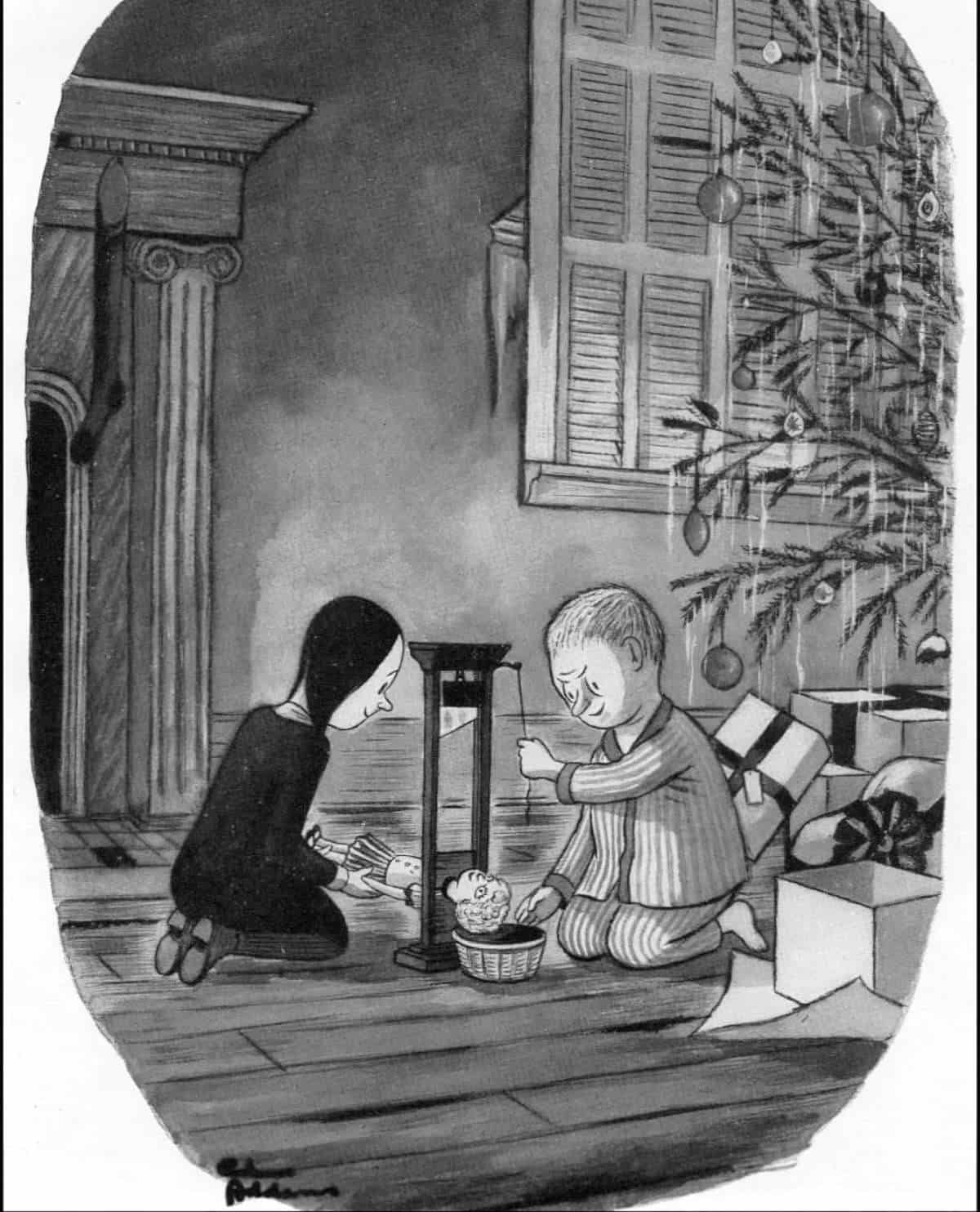
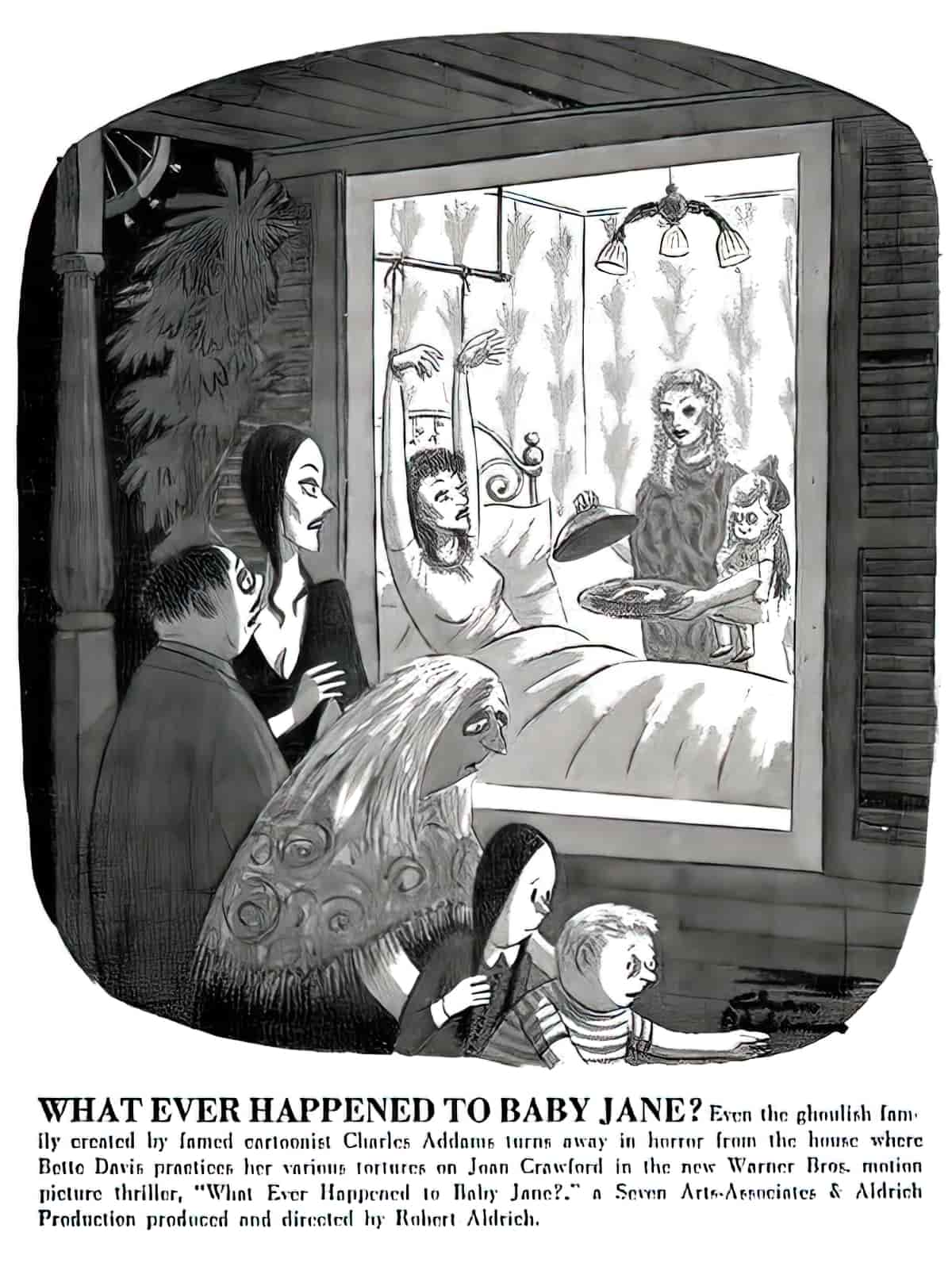
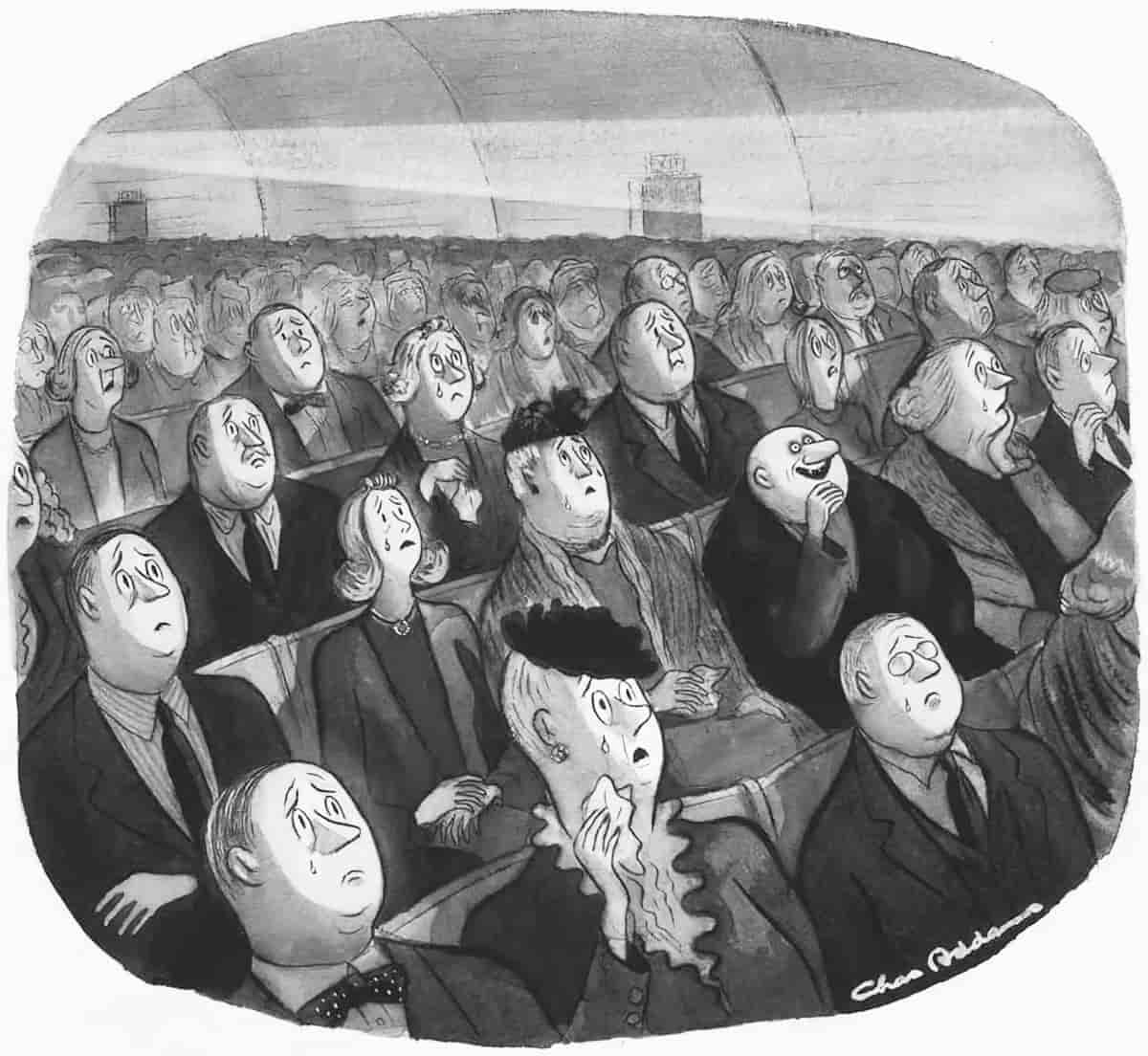
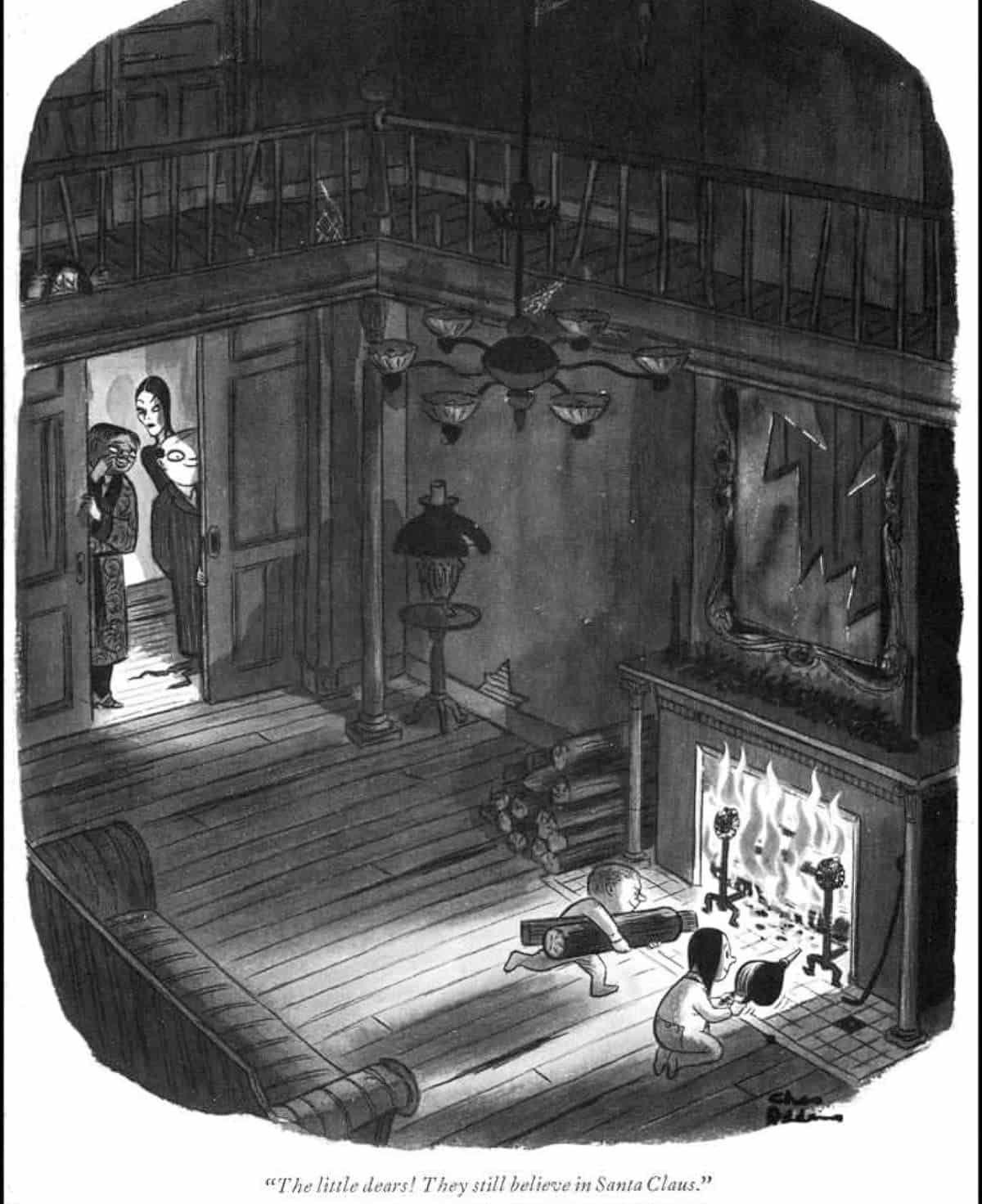
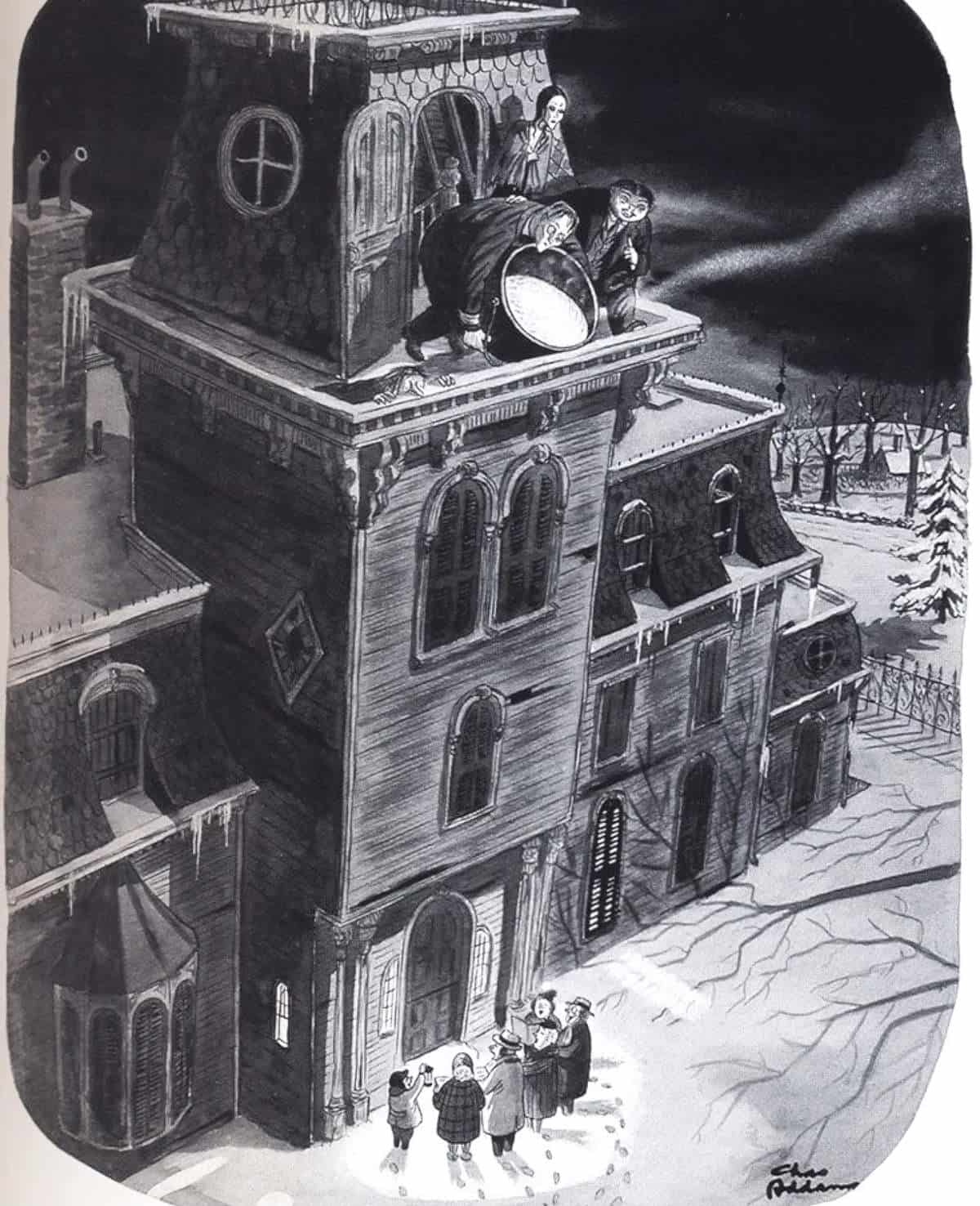
We first meet Wednesday (played by Jenna Ortega) from the back view as she strides menacingly down the centre of her new high school corridor. Boss move. People stand aside, though their glares are clearly judgemental. Adding to this knowingly-familiar high school trope: One girl blows a massive pink bubble which bursts across her face. The camera tracks Wednesday from above in a drone shot before lowering to follow her like a fish. Eat or be eaten. Even the camera is hooking us into that vibe. (The fish thing is a bit of a motif in this episode, as we shall soon see… Also, Tim Burton has himself described the monster as ‘a lamprey with a tongue lolling out’.)
For another excellent example of this technique, see the pilot of Broadchurch. Hitchcock also does it in Psycho. That’s just off the top of my head. The technique is not rare.
See also: Ocean Symbolism.
WEDNESDAY ADDAMS AS WALKING PARAPROSDOKIAN
Voiceover introduces us to her Wednesday’s interior thoughts. Netflix lists this series in a strange subgenre called ‘sarcastic’.
I’m not sure whose idea it was to put hundreds of adolescents in underfunded schools, run by people whose dreams were crushed years ago… but I admire the sadism.
Wednesday Addams
But let’s give Wednesday some credit. Sarcasm is the lowest form of wit, and frequently comprises basic meanness. Sarcasm is beneath Wednesday Addams. This is an example of a more sophisticated rhetorical technique known as paraprosdokian.
Paraprosdokian refers to an unexpected shift in meaning at the end of a section of story i.e., a sentence, stanza, series, or short passage. Paraprosdokian (also called a surprise ending) is often used for comic effect.
We’ll see more of it. But remember that opening line, because the final line in this episode forms its other half. Wednesday is drawn to darkness. She runs from brightness and safety. This entire episode is an example of paraprosdokian working at the granular and big picture levels. Wednesday Addams herself is the personification of the device. Whatever choices you would make, Wednesday will make the opposite.
A FISHY REVENGE
When Wednesday opens her graffitied (by others) locker and finds her younger brother Pugsley bound and gagged inside, her superpower is revealed: She has recently developed retrocognition. Colour palette changes to desaturated reds and blues as Wednesday sees into the past. She identifies the boys who bullied her brother.
Next, revenge. This is the most wonderful catharsis for anyone who has experienced high school bullying: The bullies are swim jocks. The establishing shot of these boys shows them at their most vulnerable.
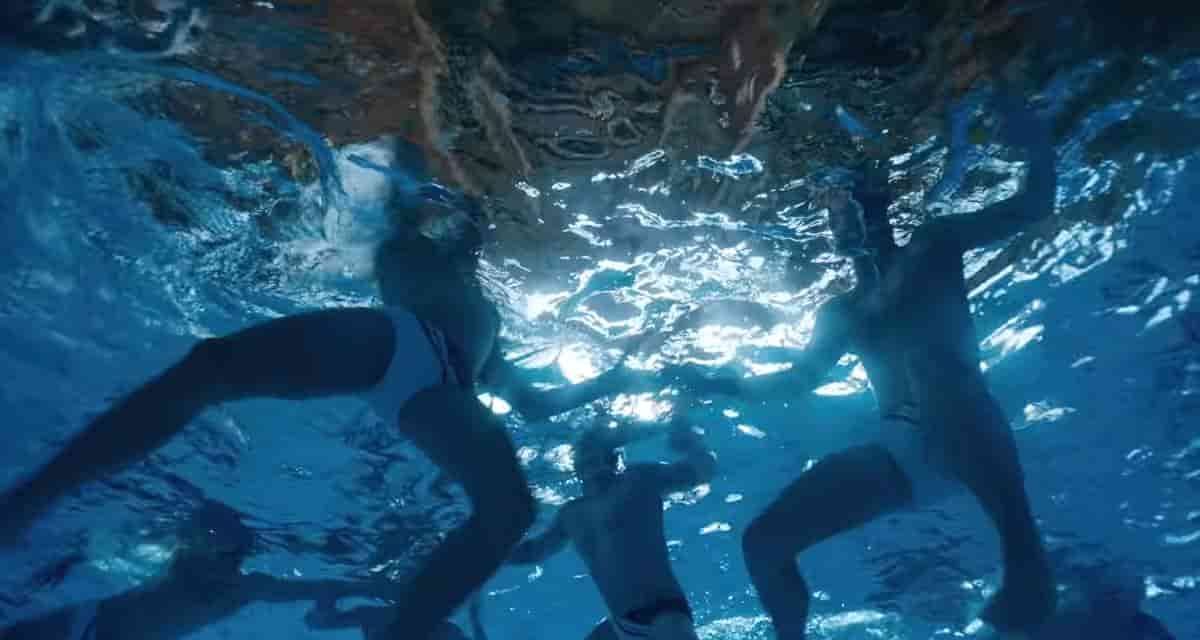
During practice, she releases two generously-sized bags of piranhas into the pool. We can’t tell exactly where the king jock got bit, but a plume of blood and well-conceived, just-subtle-enough camera angles assure us it got him where it hurts.
IMAGERY OF THE INTRO SEQUENCE
The intro music to Wednesday is the work of Danny Elfman, also known for scoring spooky things like The Nightmare Before Christmas but perhaps most famously for scoring the intro to The Simpsons. (Once you know this, it’s obvious, right?)
Imagery of this intro sequence works like mise en abyme — a series of never-ending ‘mirrors’ opening into infinite worlds, or compacting back down in a never-ending exhale and inhale. A world is miniaturised inside a snow globe or scrying tool, depending on your perspective. Wednesday is positioned as God of her territory, playing with people as if they’re her toys. She can change the environment by extending a hand and ‘shaking things up’.
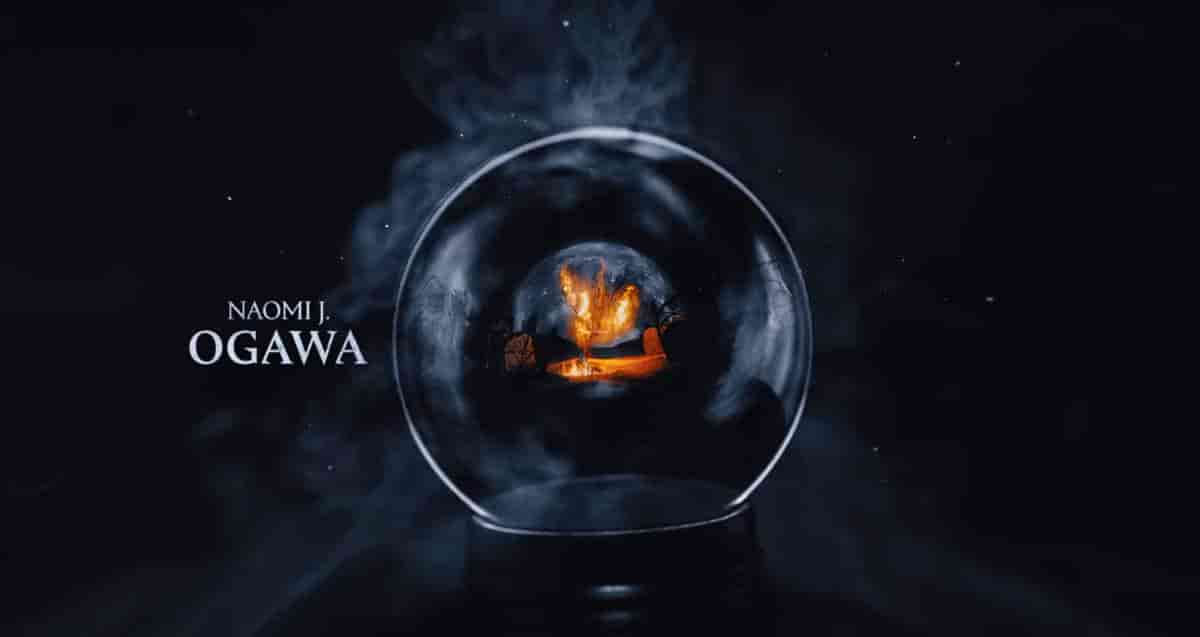
First, let’s talk about the standard gothic images. The big iron gate leading into a gothic mansion. In typical (straight-written) children’s stories, a child looks out from a window or from a boundary fence at the wider world, desirous of freedom, but this shot positions Wednesday as the predator, about to infiltrate an establishment and wreak havoc.
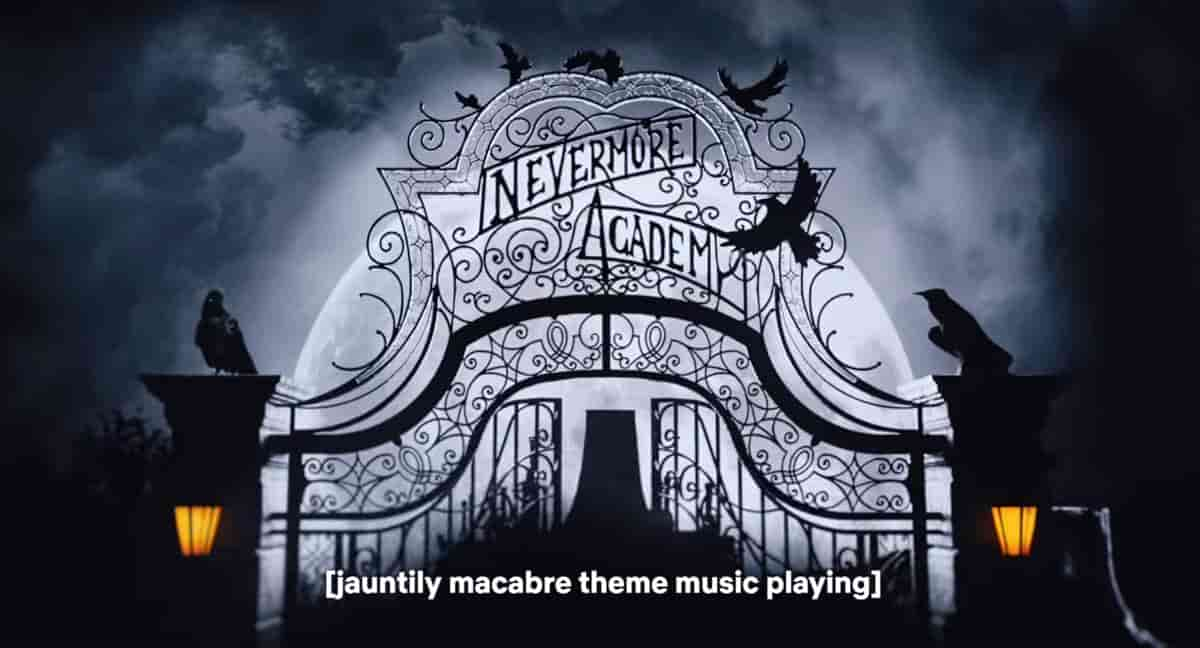
We’ve got the graveyard, the skulls, the burst of birds taking off after being startled, also probably marking death.
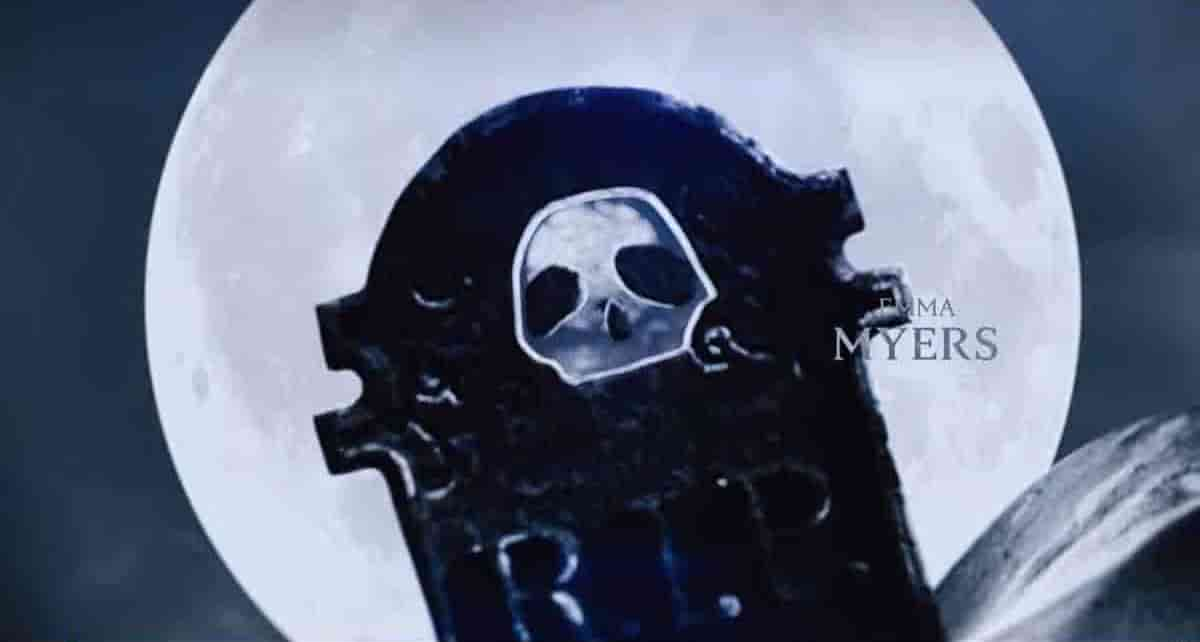
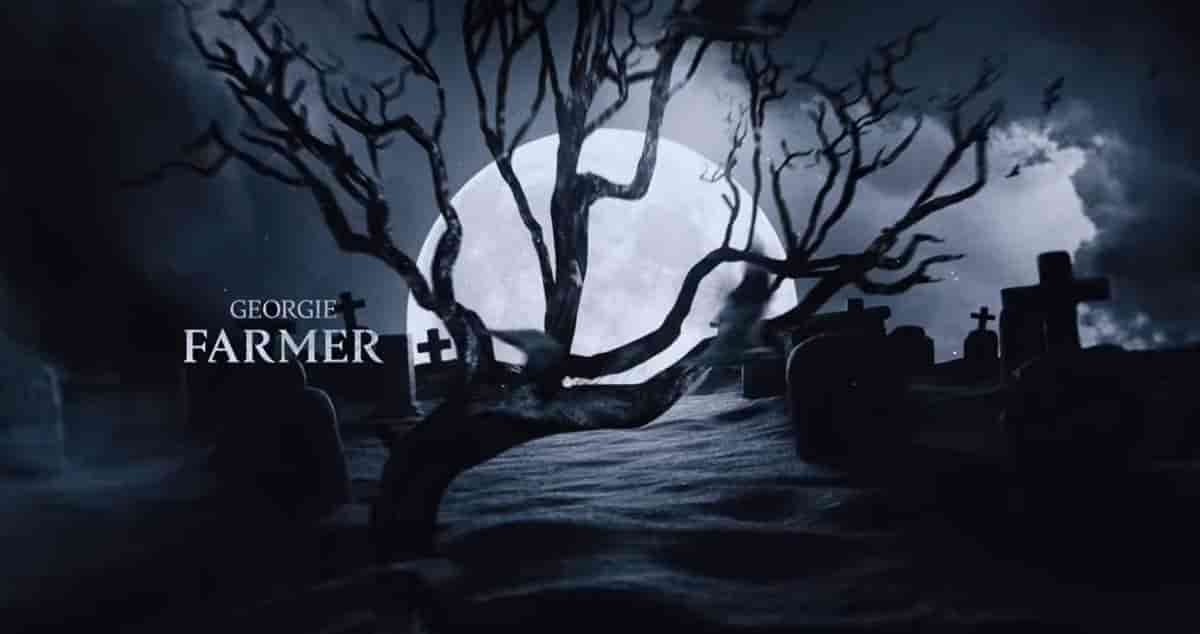
We’ve got the black, purple and white, reminiscent of 1970s goth fashion (and also the asexual pride flag. At this point I doubt that’s deliberate, but still interesting).
An extreme close-up on a fly makes the fly look like a predator, but the fly is immediately gobbled up by a venus fly trap, a symbol of feminine evil.
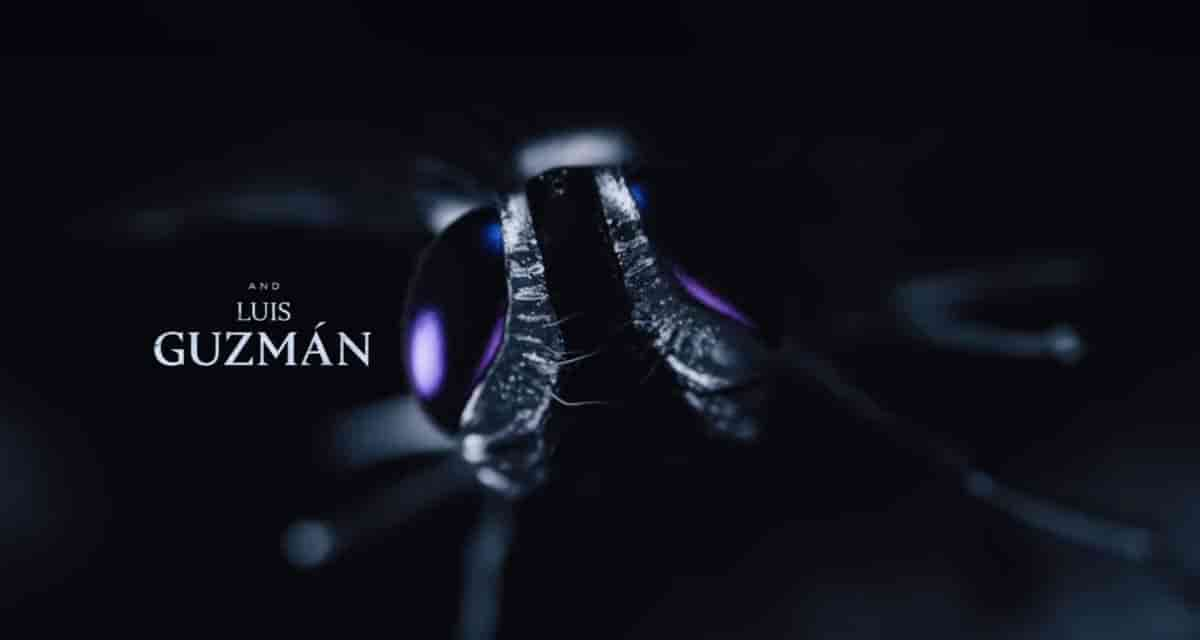
Speaking of the feminine, a teddy bear has its mouth stitched up, reminiscent of troubling traditions from the not-so-recent past in which girls and women entered nunneries and were expected to live the entire rest of their lives without speaking. This teddy bear image suggests that, for Wednesday, speaking out is a subversive act.
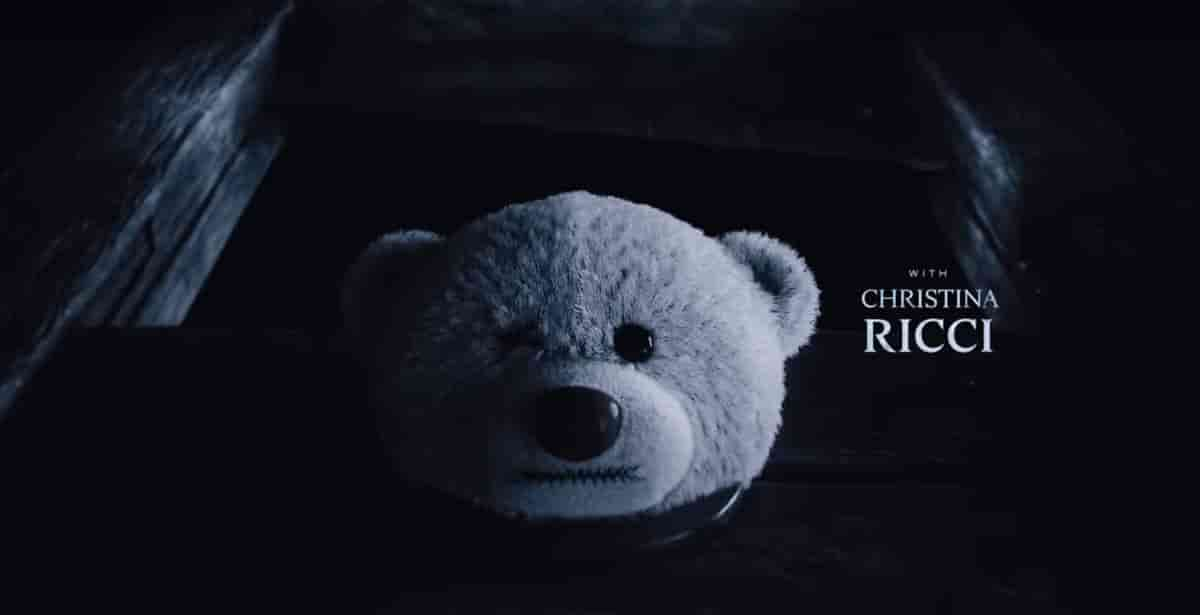
The teddy is subsequently decapitated. But on the topic of girls having a voice, note the typewriter. Wednesday isn’t a confider, though we will soon see that a main storytelling function of the ‘pet’ hand is to be a receptacle for Wednesday’s interiority.
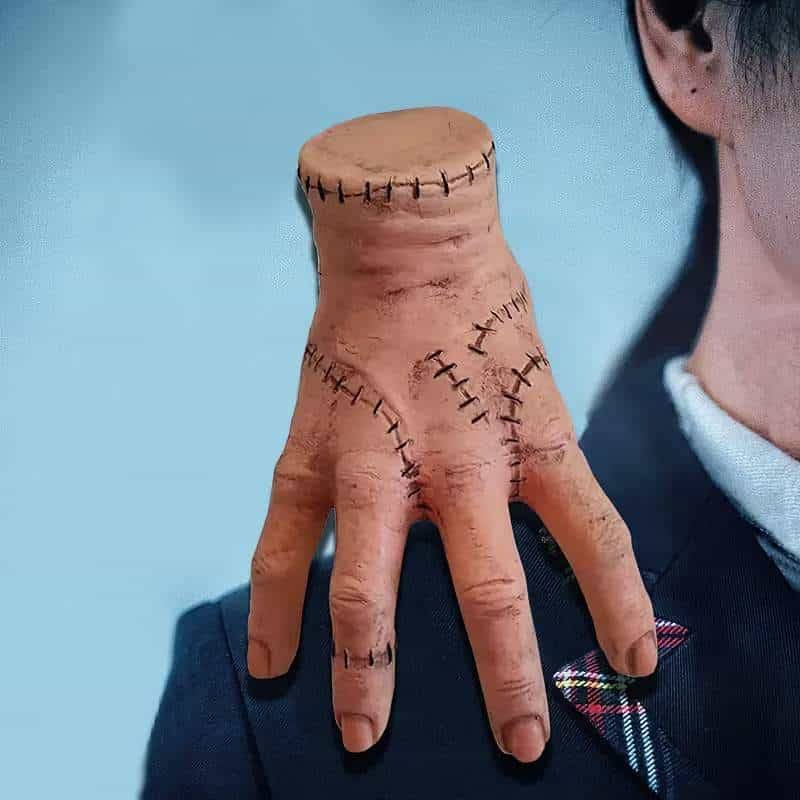
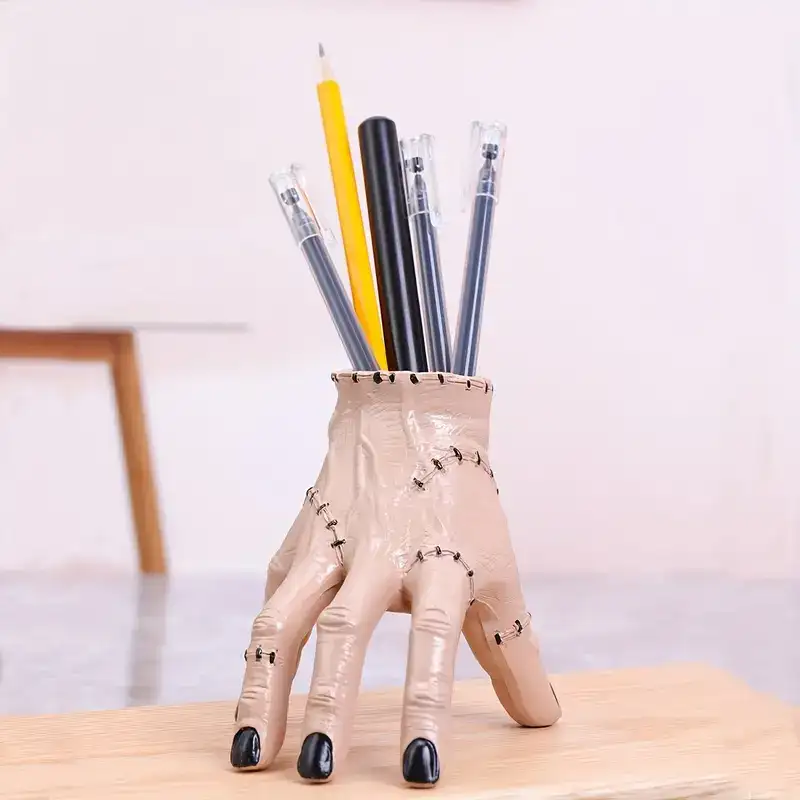
She’s a disciplined writer and looks down on her roommate who only writes for web, and only spreads gossip. For Wednesday, writing is a means of getting her voice heard, even if she means no one to read it.
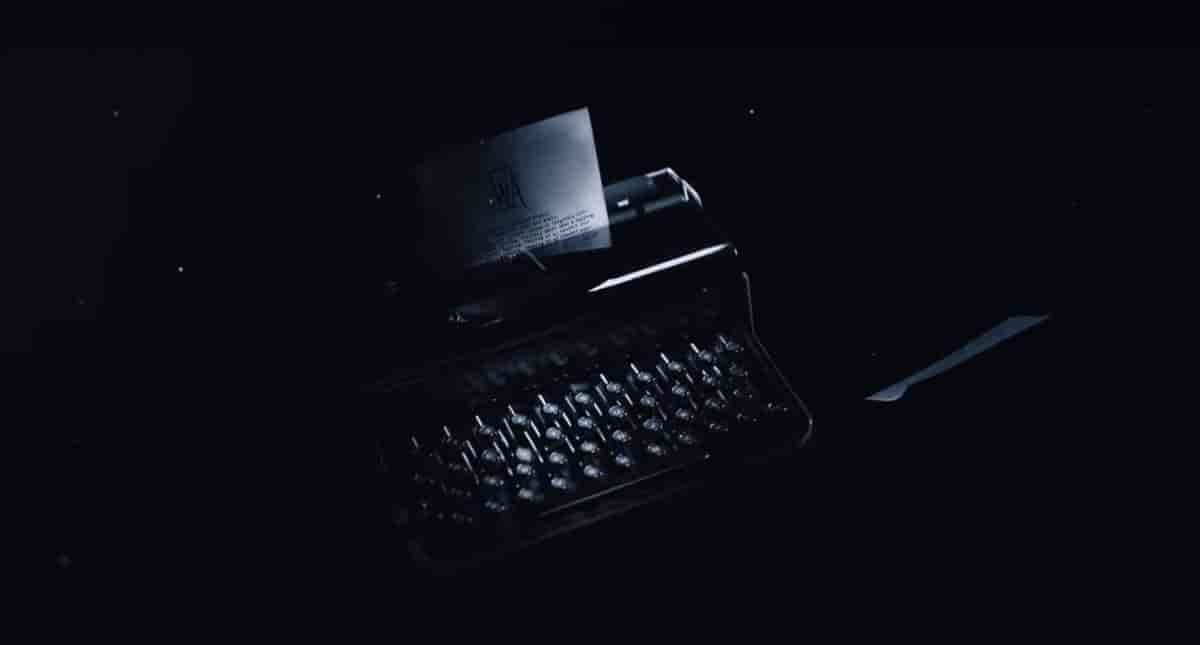
Of particular note we’ve got some strong spiral imagery going on here: The volute of Wednesday’s cello, the spiral staircase of Nevermore Academy, the spider’s web which looks like an eye. Finally, the indigo petals of a flower unfurling in an act of ominous beckoning.
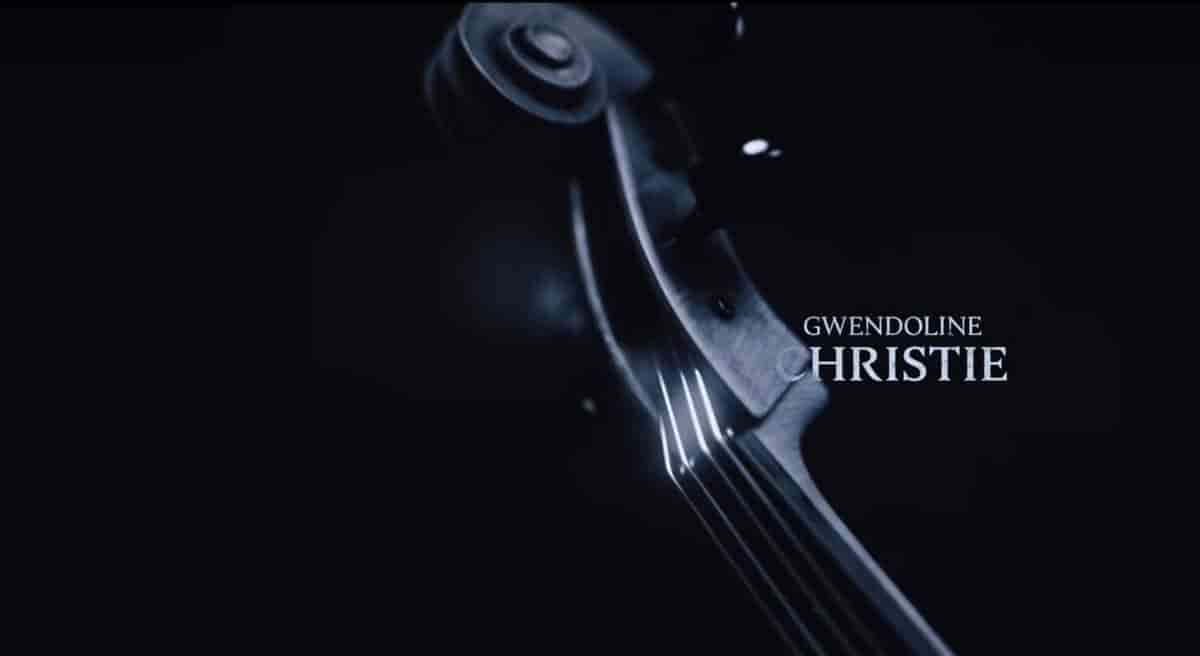
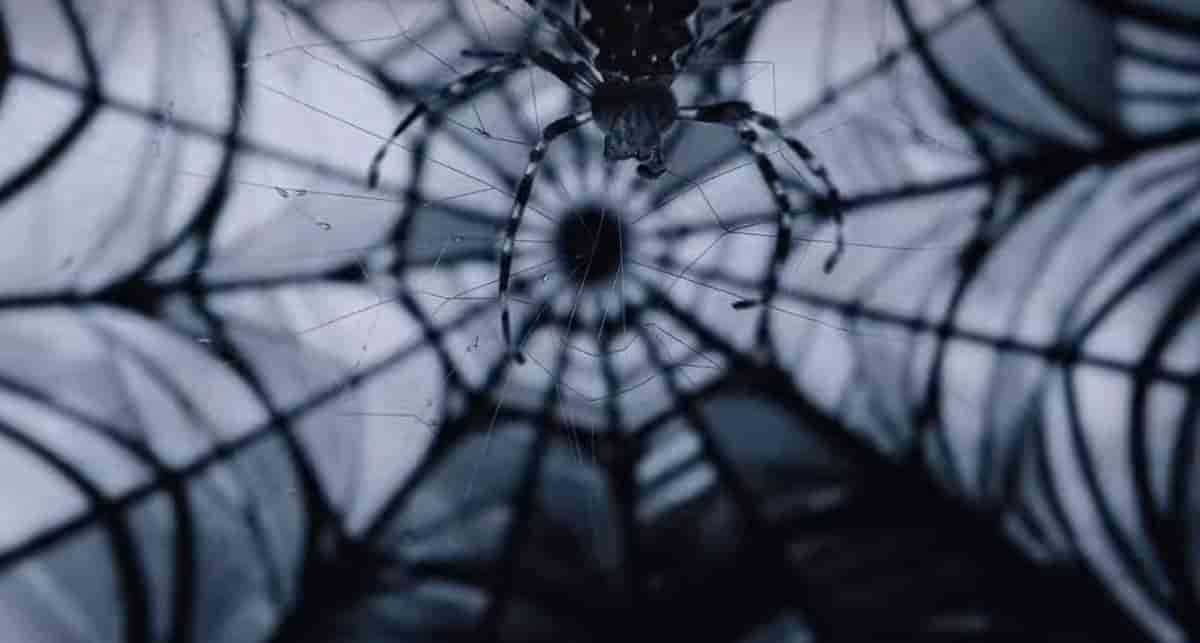
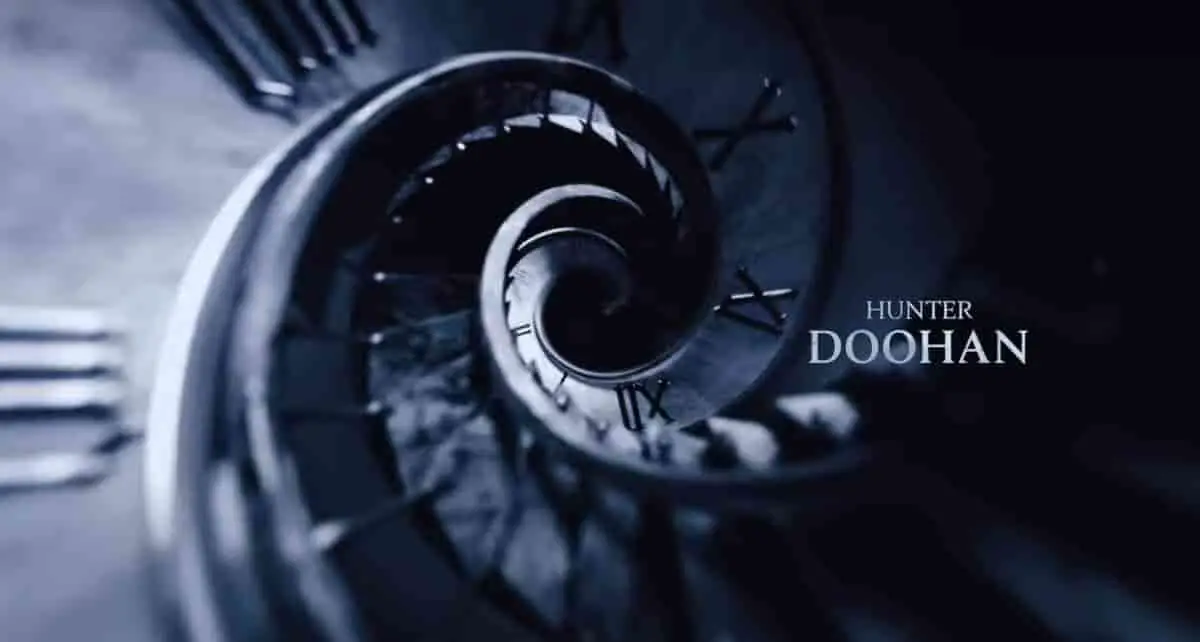
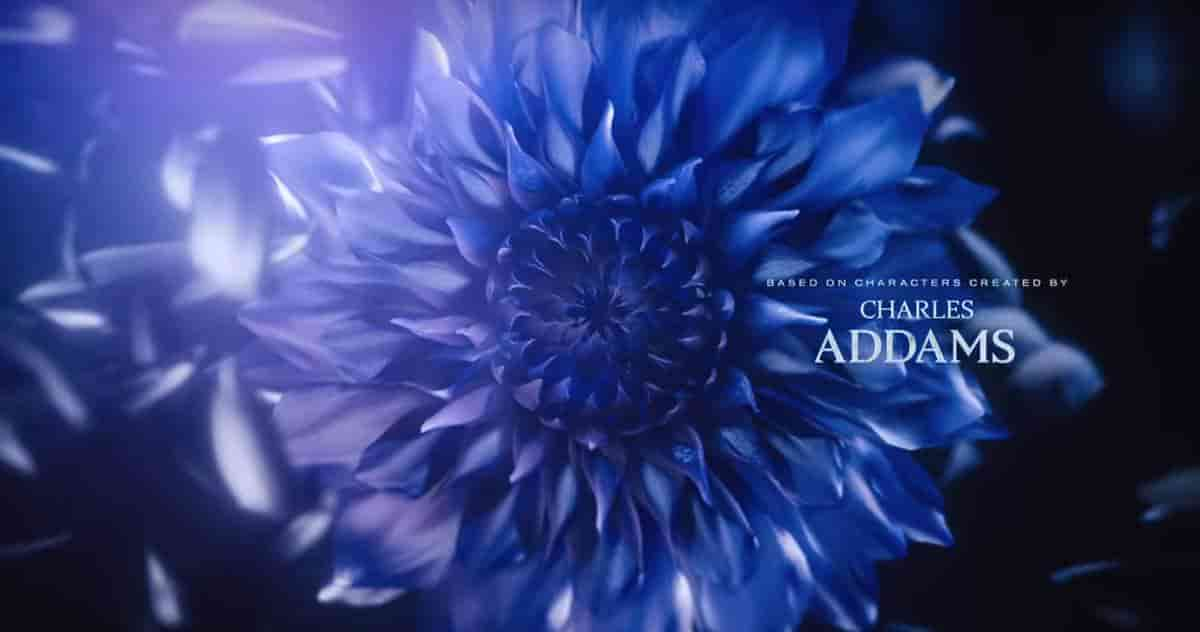
What might be the significance of these spirals? Perhaps the plot shape will itself be spiral shaped. Like Tom Sawyer, perhaps Wednesday’s adventures will take her, in concentric circles, further and further away from home.
If this is the case, the creepy spiral structure of Wednesday may be an inversion on the simple circular shape, which happens to be the shape of almost all idyllic children’s literature: Feminine (usually starring girls), centred around the home, in tune with the four seasons. A spiral, on the other hand, looks like an idyllic circle but instead can plunge us into the pits of a dark underworld, as suggested by the ‘camera’ movement of that spiral staircase in the intro.
But actually, are we looking at spirals or are we looking at fractals? That flower looks more like a fractal, right? The fractal is a pattern repeats over and over in nature. John Yorke is a big fan of this pattern to describe almost everything about how story is told, from the macro to the micro level. (See his book Into The Woods.)
Here’s the thing about fractals: Fractals are naturally hierarchical. Wednesday has already shown us that she is very interested in maintaining a hierarchy of power with herself at the top. She will go to any length to keep it this way.
Creepily, fractals are also self-replicating. I am expecting Wednesday to recruit minions to do her bidding, but let’s see how that pans out.
LET’S RESIST THE HARRY POTTER COMPARISON
When describing the pilot episode of Wednesday to a family member, he said, “So, goth Harry Potter.” I accepted this assessment but would encourage resistance. Harry Potter is itself just one descendent of a lengthy magic-school tradition of fantasy fiction which existed long before recently-radicalised bigot J.K. Rowling busted out with a best-seller at a very unusual time in publishing history. (The Internet was just taking off.)
See: Better Alternatives To Harry Potter aka Why Is JK Rowling’s Mashup So Popular? (tl;dr: even experts in the field of children’s literature can’t explain the Harry Potter phenomenon looking at literary merit alone.)
NOIR INFLUENCE
The gothic influence in Wednesday is clear and obvious. Less obvious, though? The enduring influence of the film noir tradition, which was a very short period in Hollywood, but which combines very nicely with gothic imagery.
Look at the Addams family car, for instance. Film noir was chock-full of cars like this, when American cars were at their peak in both power and ostentatious size.
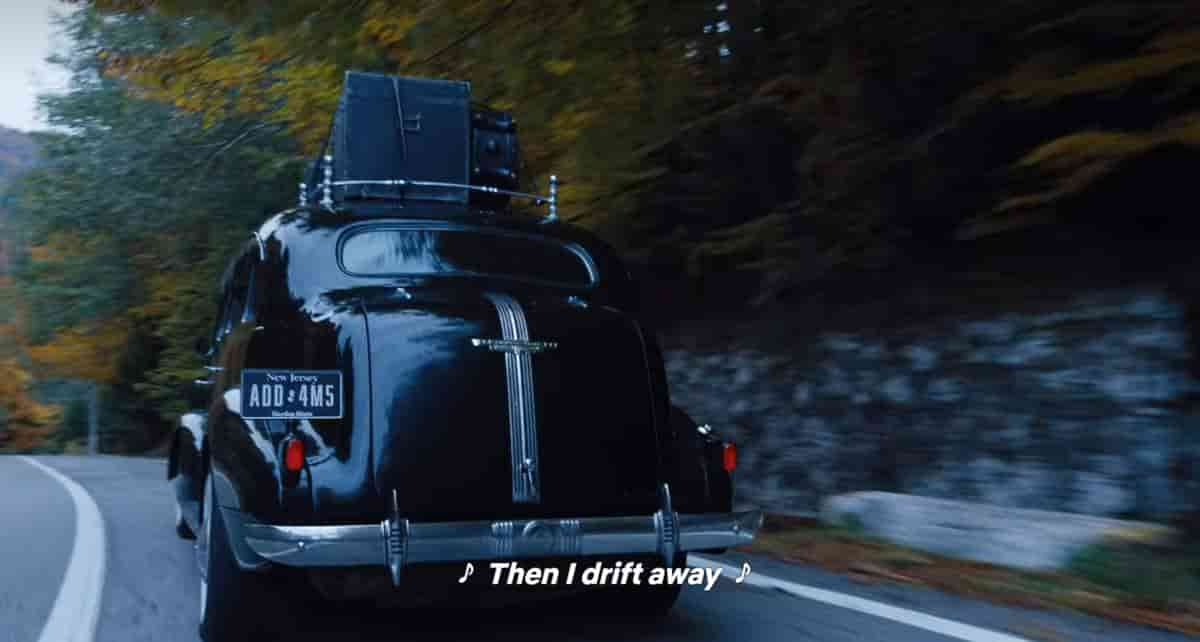
How else has the noir tradition influenced shows like Wednesday (or Tim Burton more generally)? Look out for:
- Wednesday’s fatalistic, don’t-give-a-damn attitude combined with her ambivalent morality
- Grim romanticism (or Wednesday’s disdain for it)
- Strong contrasts between light and dark
- Interesting framing
- Desaturated cinematography (Note the several mentions of Wednesday’s fashion choices and entire personality as ‘black and white’. Wednesday’s striped top is also reminiscent of storybook burglar uniforms, which is fitting since she feels like a prisoner.)
- Wednesday’s affectations against modern technology, preferring instead technology from the mid 20th century, which is the noir period
- Crime (especially murder, or the constant threat of it)
- Voiceover narration (check)
- An urban, stifling environment (the high school is suburban, but plenty stifling for a kid like Wednesday — Veronica Mars also took the noir aesthetic and pasted it onto a high school setting.)

WEDNESDAY AS FEMINIST GOTH FEMME FATALE?
Film noir was also misogynistic, so any contemporary story will likely be anti-noir (meaning a modern inversion of it, but using the same symbolism and aesthetic). I’ve seen the term neo noir. Wednesday Addams may be a modern, teenage take on a 1940s femme fatale. In this pilot we will see her as persuasive and engaging, but will the boys be helpless under her ‘spell’?
The radical thing about 1940s femmes fatales: They at least have lives of their own, and desires separate from men. This is clearly already Wednesday’s deal.
WEDNESDAY’S CREEPY PARENTS
After the credits, an autumnal drone shot shows the Addam’s family car driving along a highway. A classic horror opening if ever I saw one. (See it also in Jordan Peele’s Get Out and many others.)

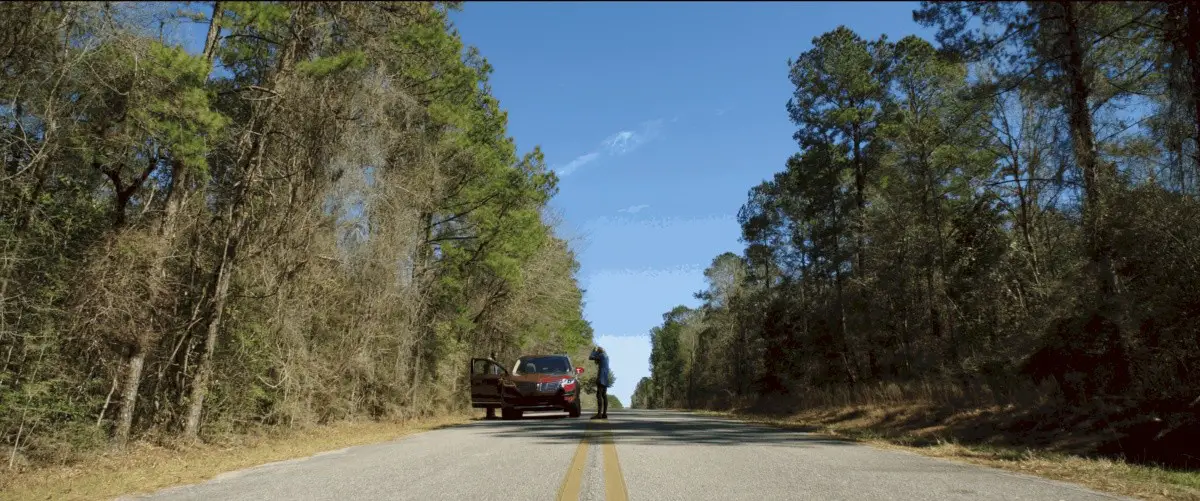
Dialogue will soon reveal that Wednesday is being shuttled off to a boarding school for weirdos, but for now she (and we) are watching her parents get it on. I mean, when does sex become sex? Bill Clinton taught America (and the world) that a blowjob does not equal sex, but what is it, then? What if we define sex as ‘any sensual activity that gets you turned on’? I mean, look at these two. Wednesday’s parents are engaged in actual foreplay, right in front of their kids and chauffeur. Wednesday is stuck looking at them. She can’t exactly go anywhere. Vom.
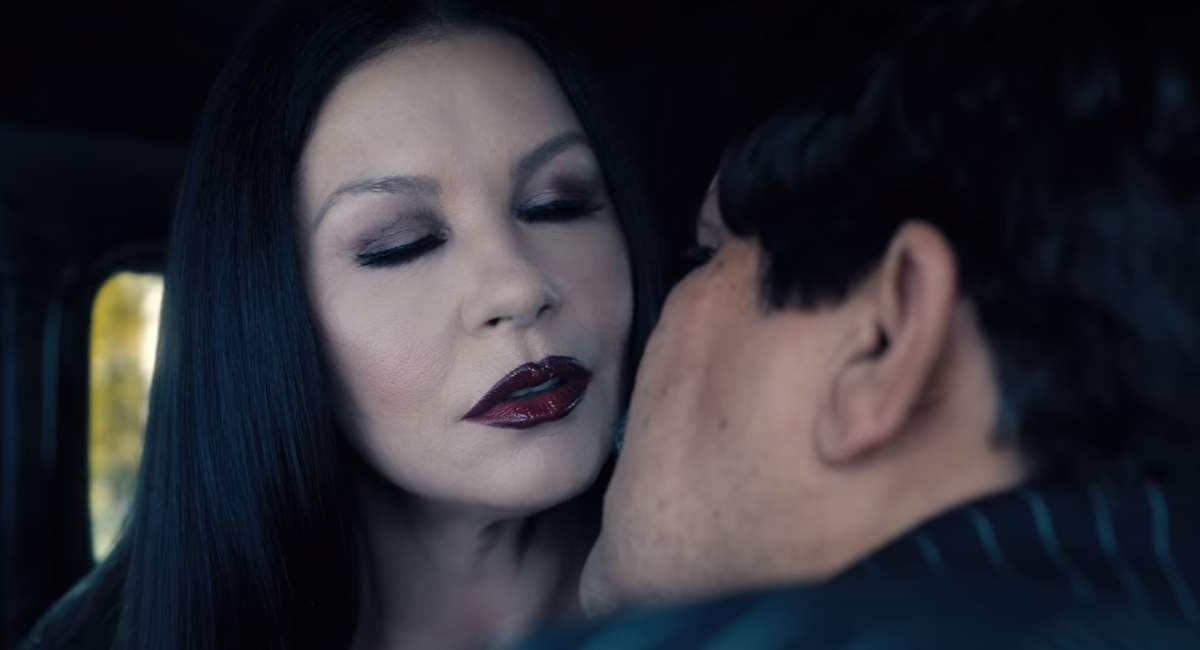
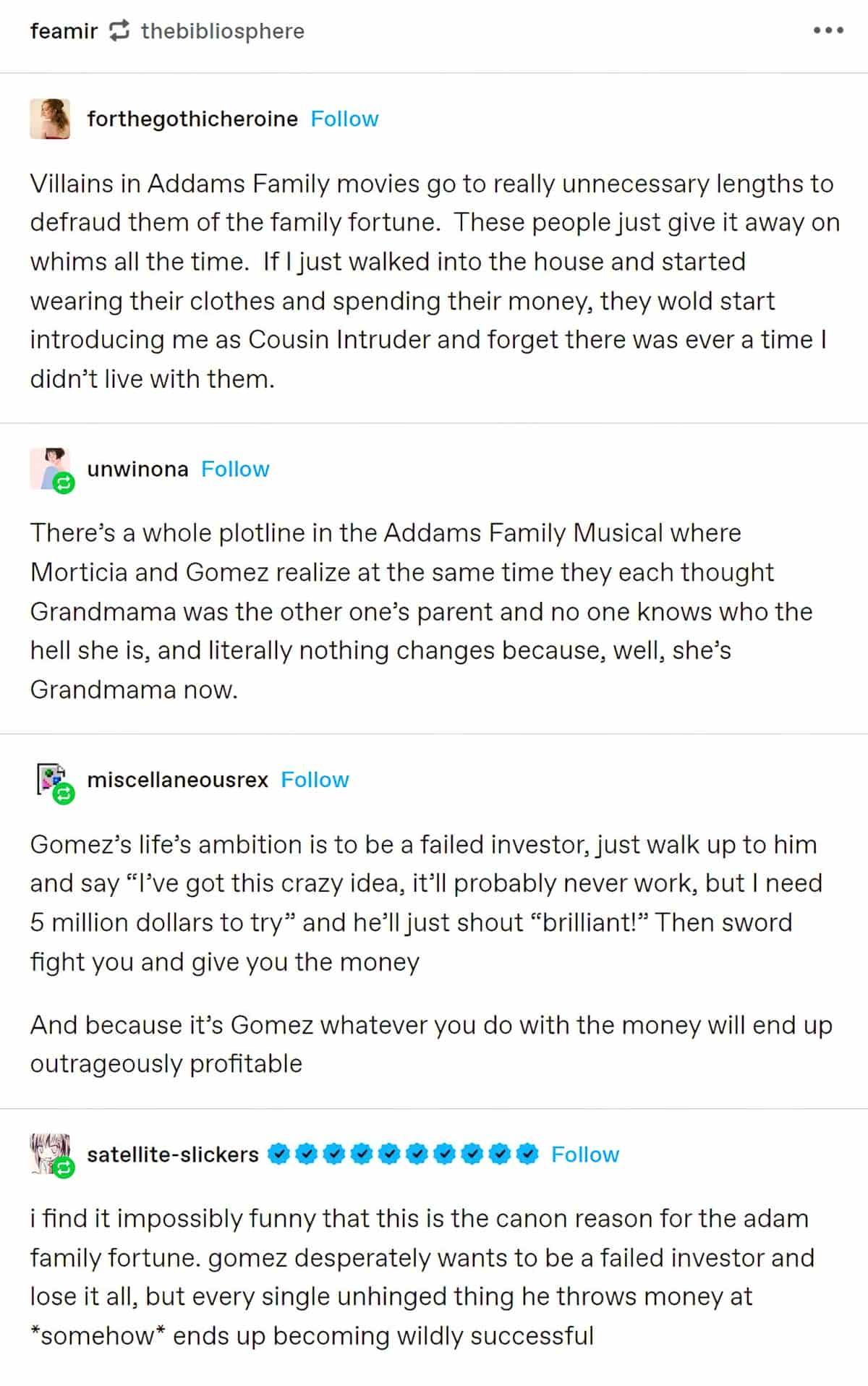
I’m fully aware that in our sex positive moment we are supposed to be happy for these two. The Addams couple are regularly held up as a wonderful example of romantic love which sustains across decades. (And how does Catherine Zeta Jones still look like that at the age of 53? Is she an actual vampire?) All I can say is, thank goodness for the choric reaction of collective eye-rolls, not just from Wednesday but from Pugsley and the driver.
Wednesday declares she’s not speaking to her parents, but isn’t able to sustain her silence. The audience needs a bit of backstory: Morticia used to go to this school. After a series of disaster attempts to integrate Wednesday into regular, American suburban high schools — eight schools within five years. Only now are they sending Wednesday to her mother’s alma mater.
Not answered by the text: WHY DIDN’T THEY SEND HER THERE IN THE FIRST PLACE.
Finally you will be among peers who understand you. Maybe you’ll even make some friends.
Morticia Addams
I guess it’s expensive. BUT THEY HAVE AN ACTUAL CHAUFFEUR. These vampires are aristocrats. Surely the price of the school is nothing to them. Wednesday is soon revealed to have perfect grades, so surely its selective nature isn’t the issue. Her family can rely on nepotism because of a long family history with the school. Perhaps the parents were hoping to socialise Wednesday as a normie? Again, this doesn’t make sense for the family, who are clearly not normie-oriented. This should have been lampshaded.
Understandably, Wednesday is skeptical about the virtues of this wonderful place, as extolled by her father.
During the car ride, we see that Wednesday is very much like her mother in many ways. Both see the world quite differently from the norm. When thunder and lighting lead into a rainstorm, Morticia remarks, “At least it’s turning into a beautiful day.”
FAN THEORY: GOMEZ ADDAMS AS TRANS MAN
One gets the idea, watching Gomez, that he delights in getting to be a man, short and boisterous and nurturing and busting with hope and pocket watches. He’s especially delighted to be a man married to a woman, particularly when that woman is Morticia Addams. It’s hard to get the same idea watching Herman Munster, or indeed lots of non-trans men both on and off the screen; maybe Herman is willing to be a man, or simply resigned to the idea. Possibly he merely considers it sufficient compensation for also being a monster of Frankenstein, but it doesn’t seem to strike him with renewed absurd glee every morning when he gets to wake up and be one. One can imagine Herman Munster waking in a spirit of tolerance, at most willing to get out of bed and face another day as the head of a family. Whereas it’s very easy to imagine Gomez’s inner euphoria-driven monologue when he wakes up every morning: Ah, how wonderful! Another stormy day! Ahahaha! Once again, I’m a short and stocky husband and father, with a wife as tall as God! What luck! Why else would he spend a thousand dollars a month on cigars, or own so many bathrobes with exquisitely-designed lapels, or tend so carefully to such a thin mustache?
from the exxay “Powerful T4T Energy in Steve Martin’s The Jerk” by Daniel M. Lavery, from his book Something That May Shock and Discredit You
NEVERMORE ACADEMY
The school has been named after the crow in the famous poem by Edgar Allan Poe. The architecture is exactly what you imagine of the gothic tradition.
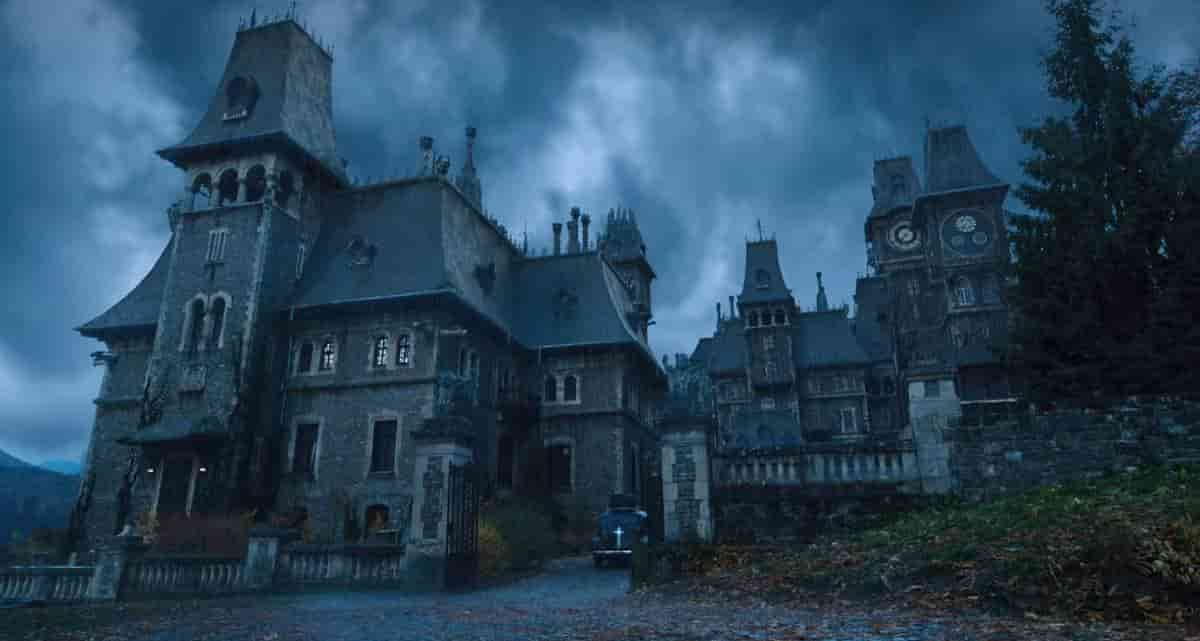
I knew I’d seen Principal Weems in something else, but failed to recognise Gwendoline Christie from her very different role in Game of Thrones. (The actor is six foot three, which makes Wednesday look even smaller.)
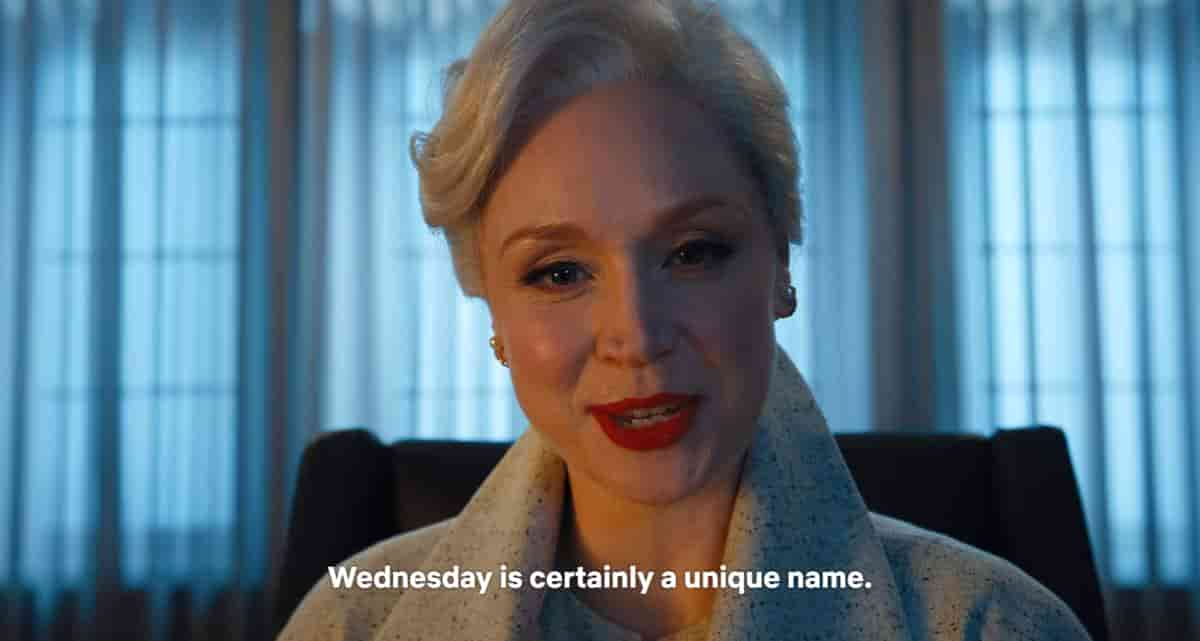
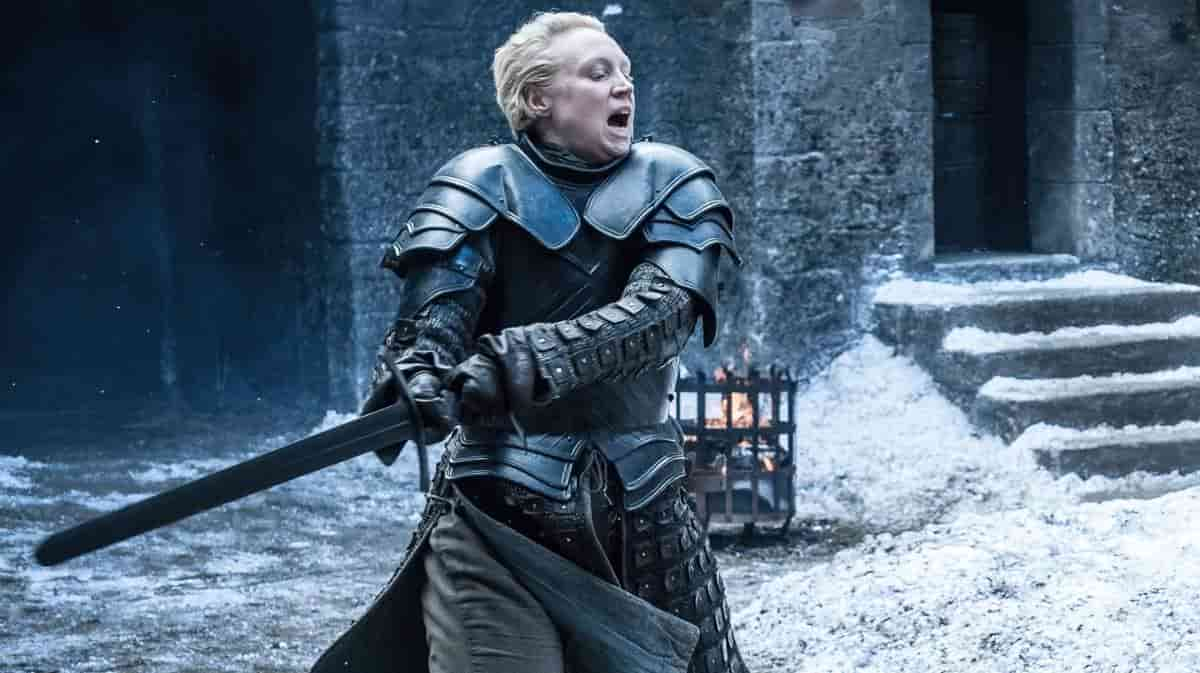
But before we even get to the school, a hapless hitch-hiker who prides himself on being very accepting of werewolves meets a sorry end when he is eaten by something during a hike past the school grounds.
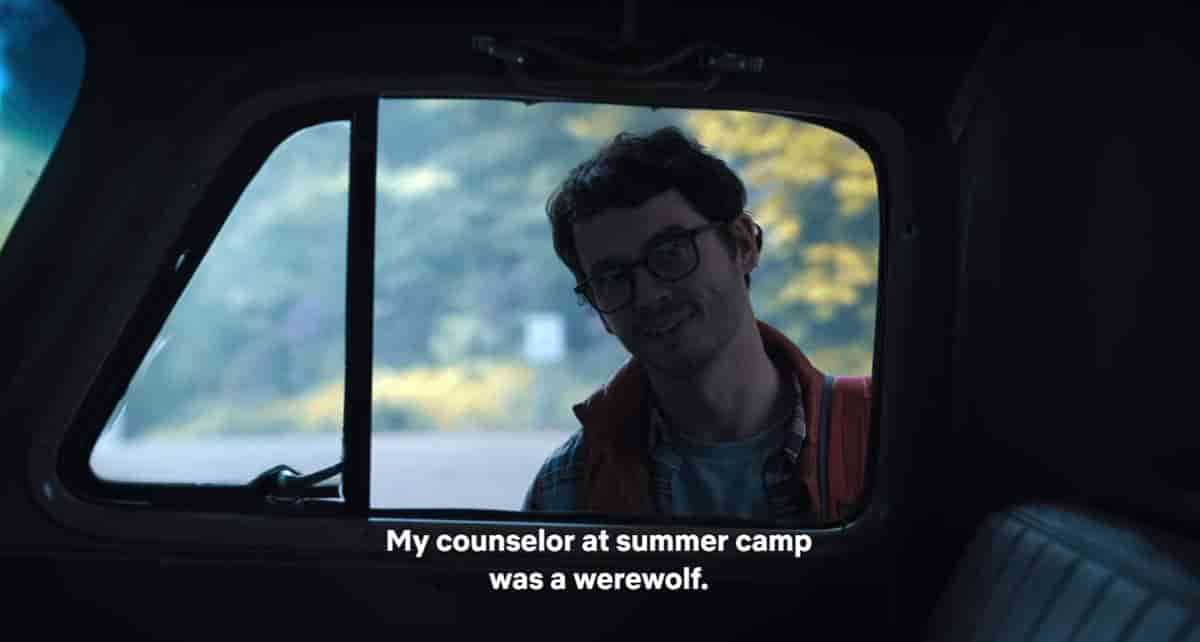
WAS WEDNESDAY ADDAMS BORN ON A WEDNESDAY? OF COURSE NOT
Morticia explains that in fact Wednesday was born on Friday the 13th and refers to her ‘favourite nursery rhyme’. Wikipedia calls it a ‘fortune telling song’. (Remember how film noir evinces fatalism? Well, here you go. A nursery rhyme allusion feeds into that whole aesthetic.)
(The New Yorker published a spoof on this old rhyme by Roz Chast in their September 18, 2000 edition called “A Nursery Rhyme From The American Psychiatric Society” in which Wednesday’s Child is ‘hypochondriac’, with the speech bubble reading: “Mom, if a person had leprosy, he’d probably know it, right?”
IS WEDNESDAY ADDAMS AUTISTIC? NO, BUT ENID IS.
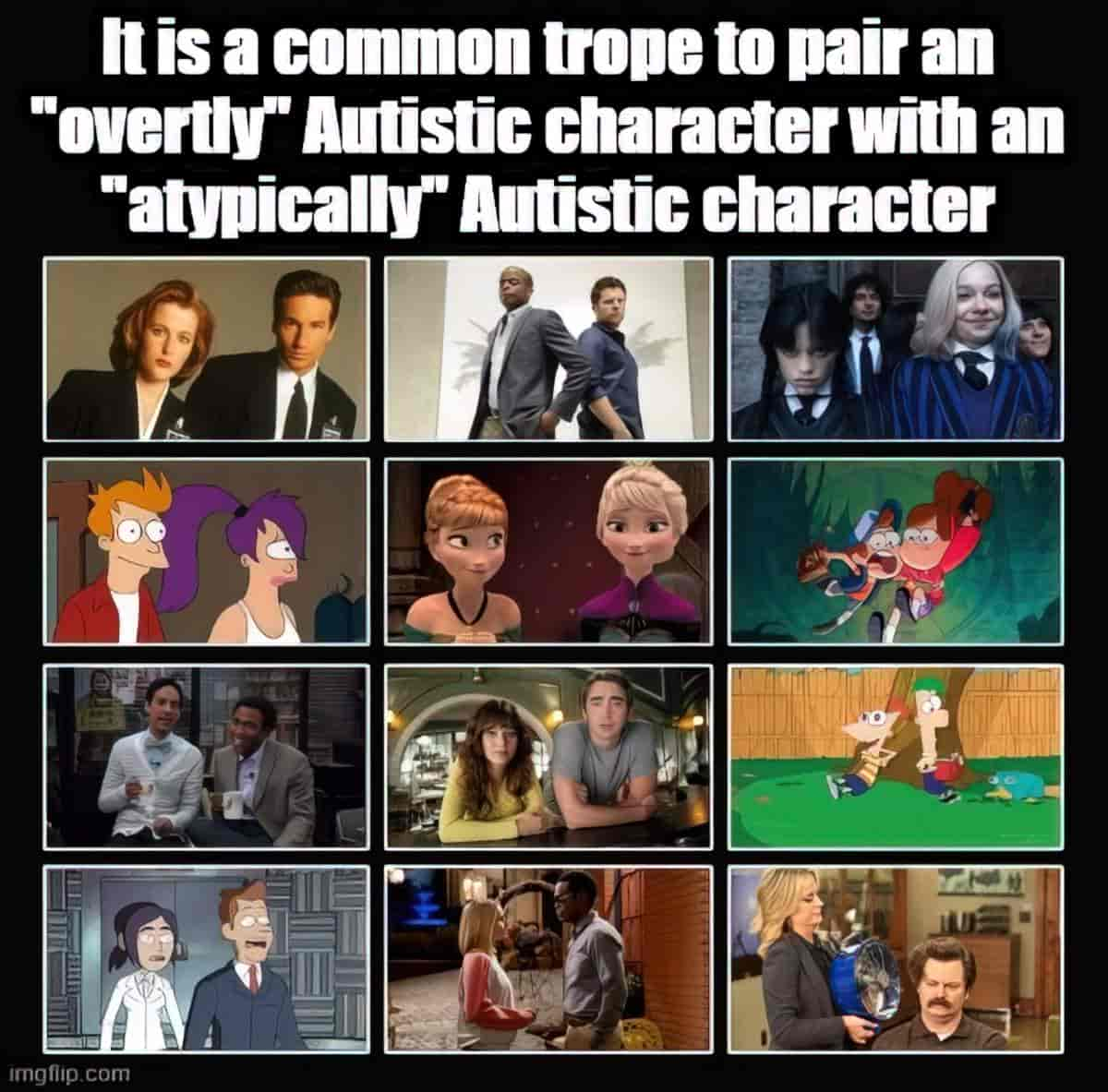
I’m seeing online an autistic decoding of Wednesday Addams. When Wednesday Addams resonates with the autistic community, that’s one thing. But we are living in a cultural moment of autism awareness without the autism acceptance, and I’m a little worried that an autistic reading may be based on some damaging and incorrect stereotypes.
Like, this, for instance.
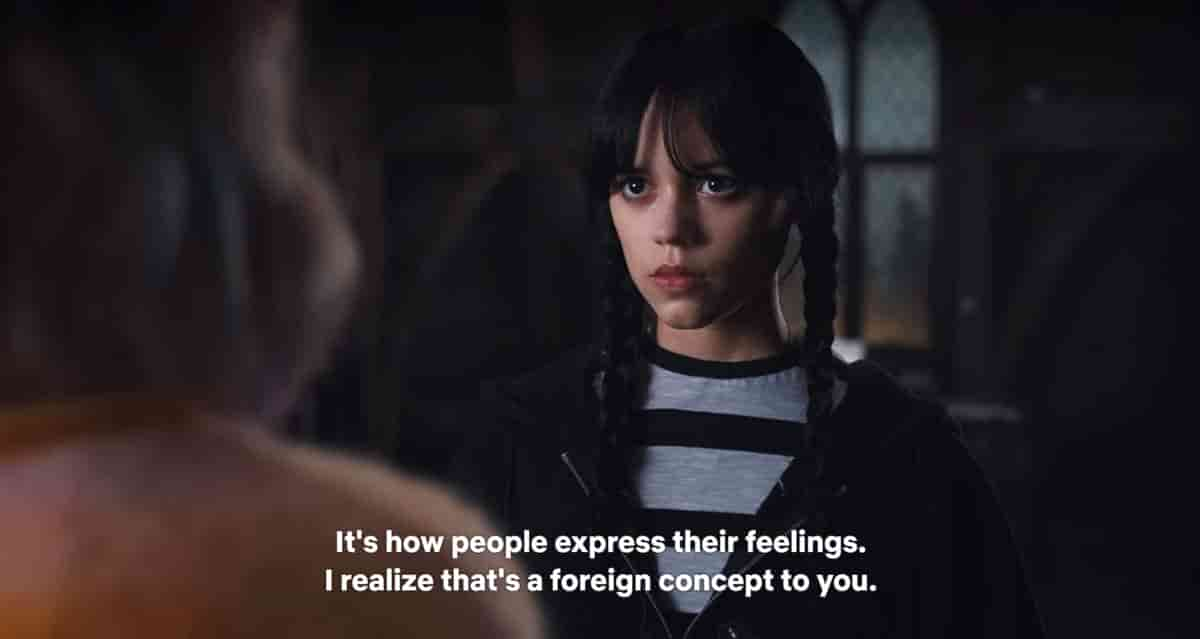
If anything, I read new roommate Enid Sinclair as autistic, versus the empathetic flipside of autism standing before her: (comically rendered) psychopathy. Whereas psychopaths have excellent cognitive empathy and trouble with affective empathy, for autists it’s the inverse. This is a vital distinction not made by audiences who don’t realise that empathy comprises more than one thing. In short, autistic people tend to be highly empathetic, oftentimes hyperempathetic, and therefore highly sensitive to criticism and ostracization.
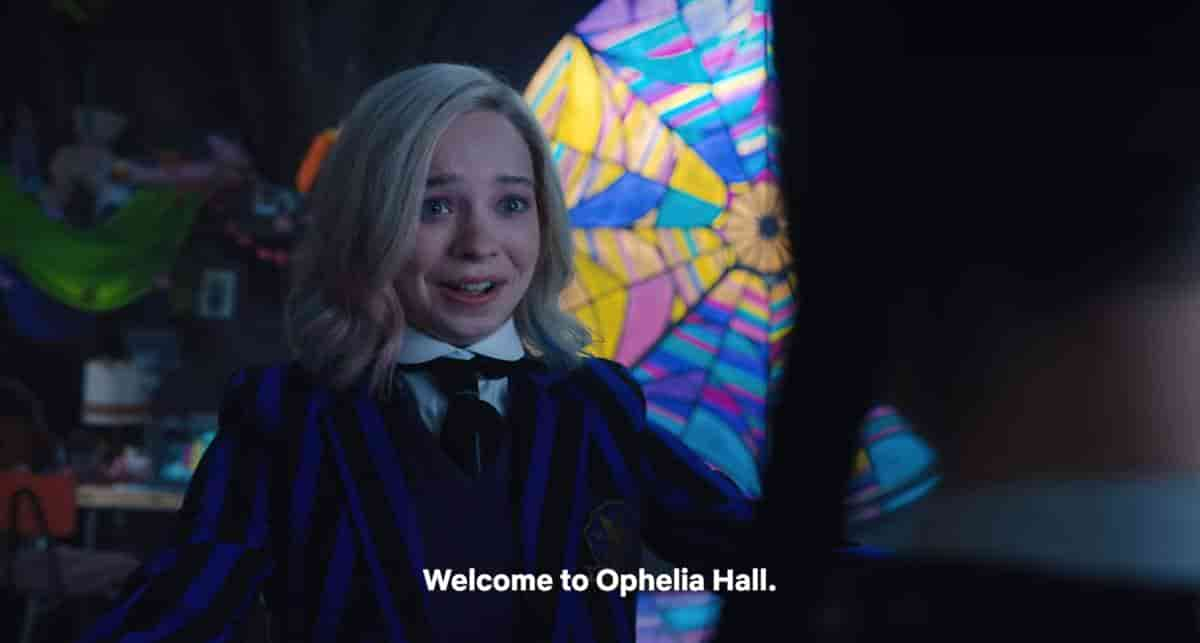
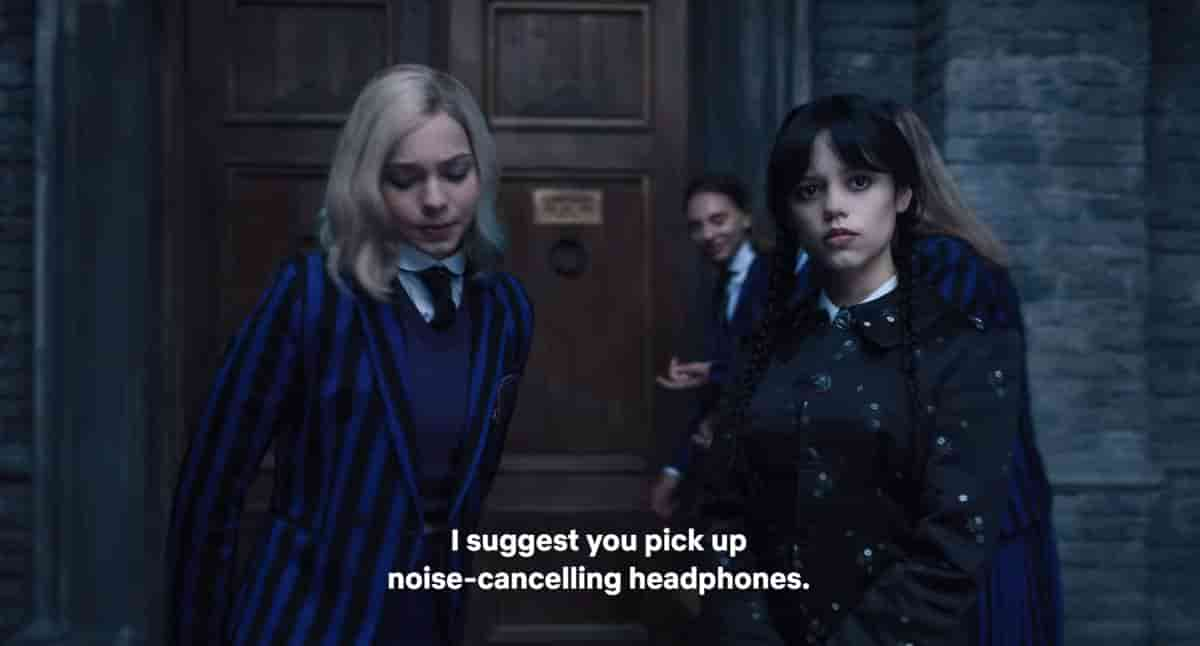
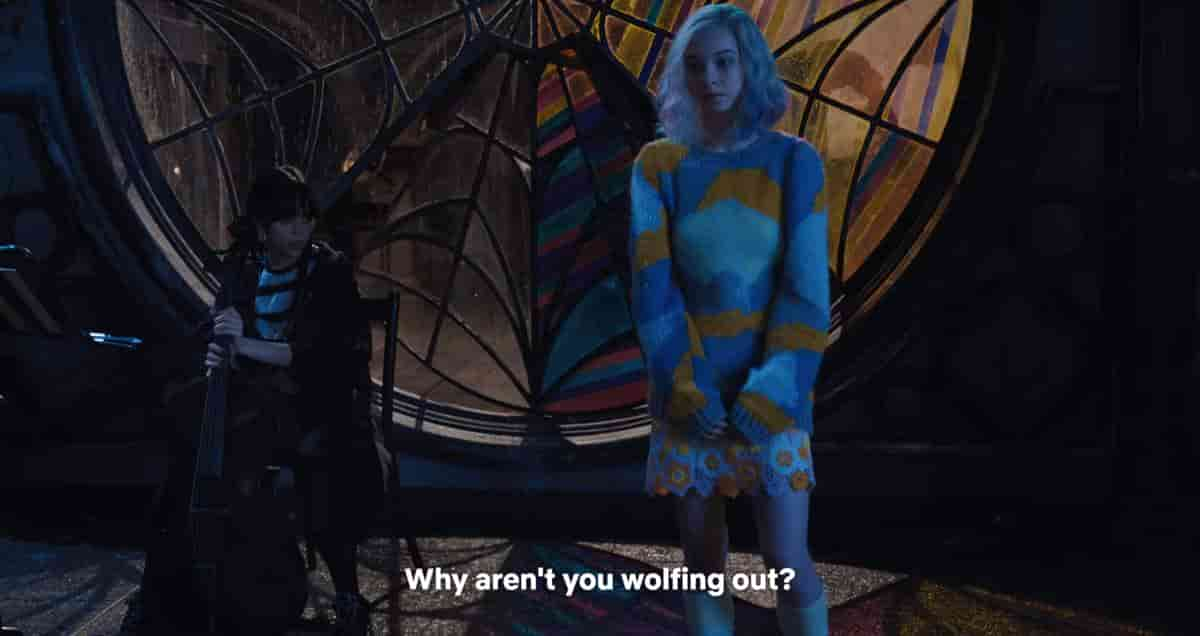
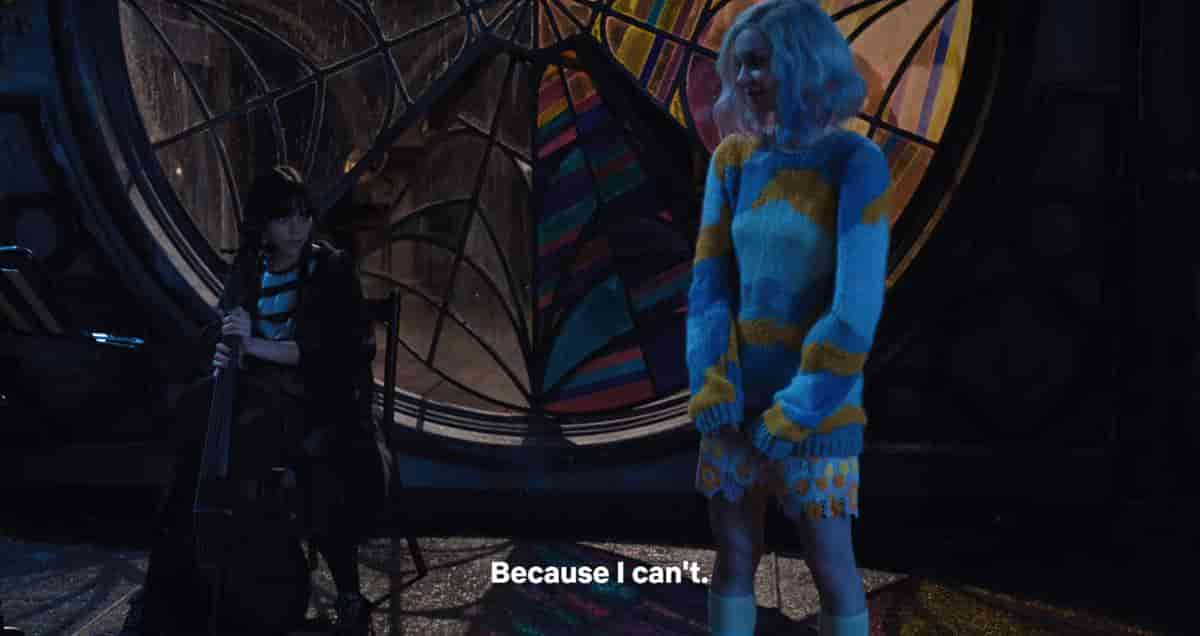
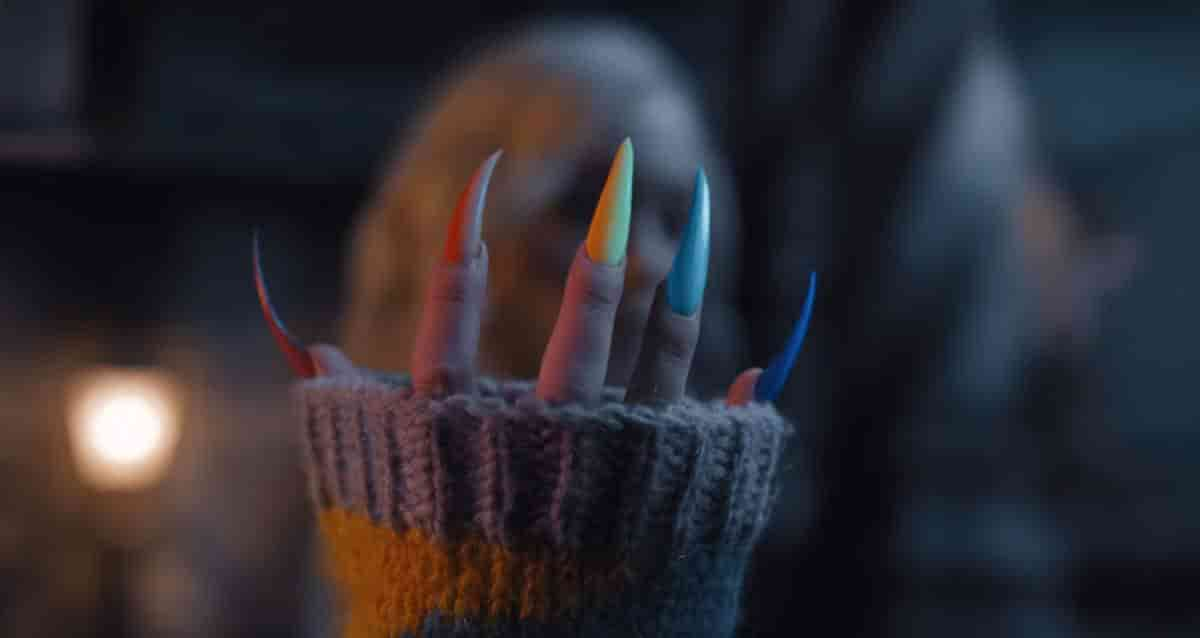
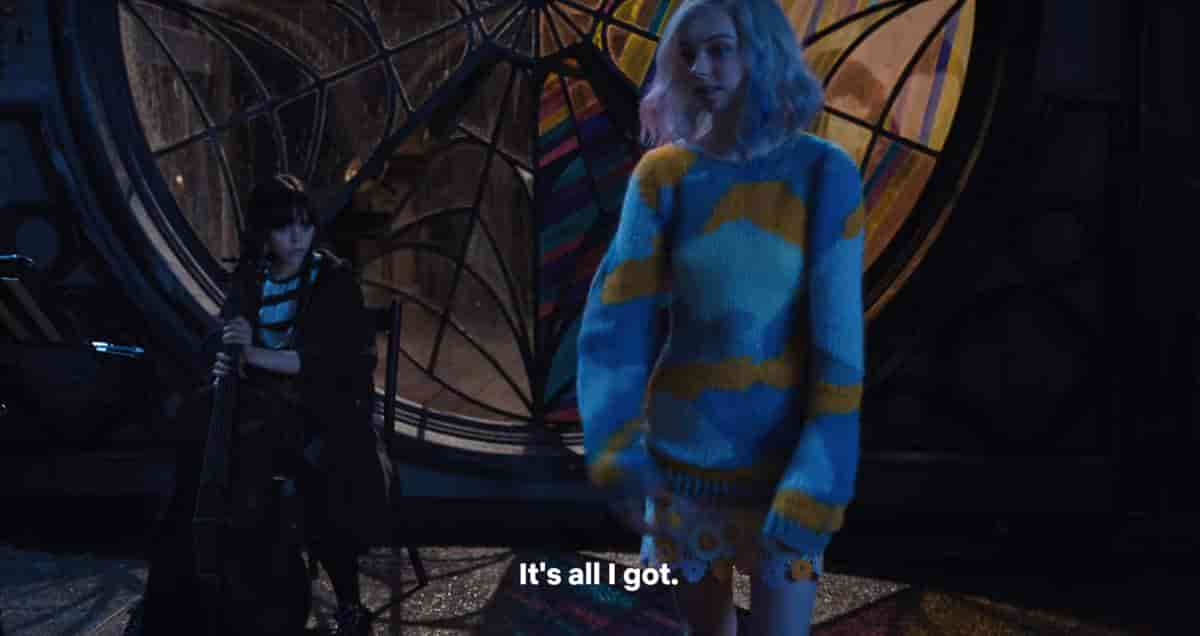
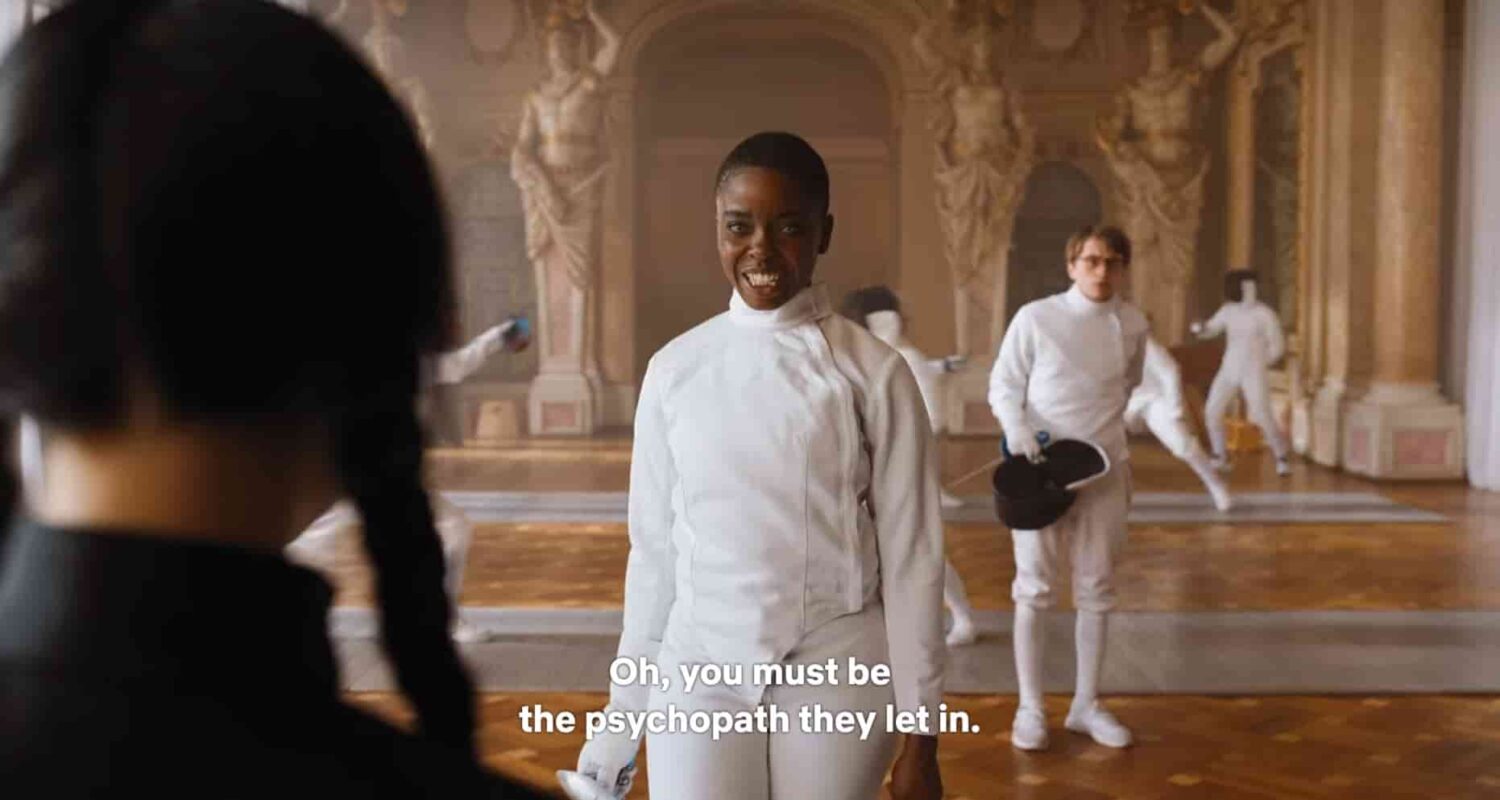
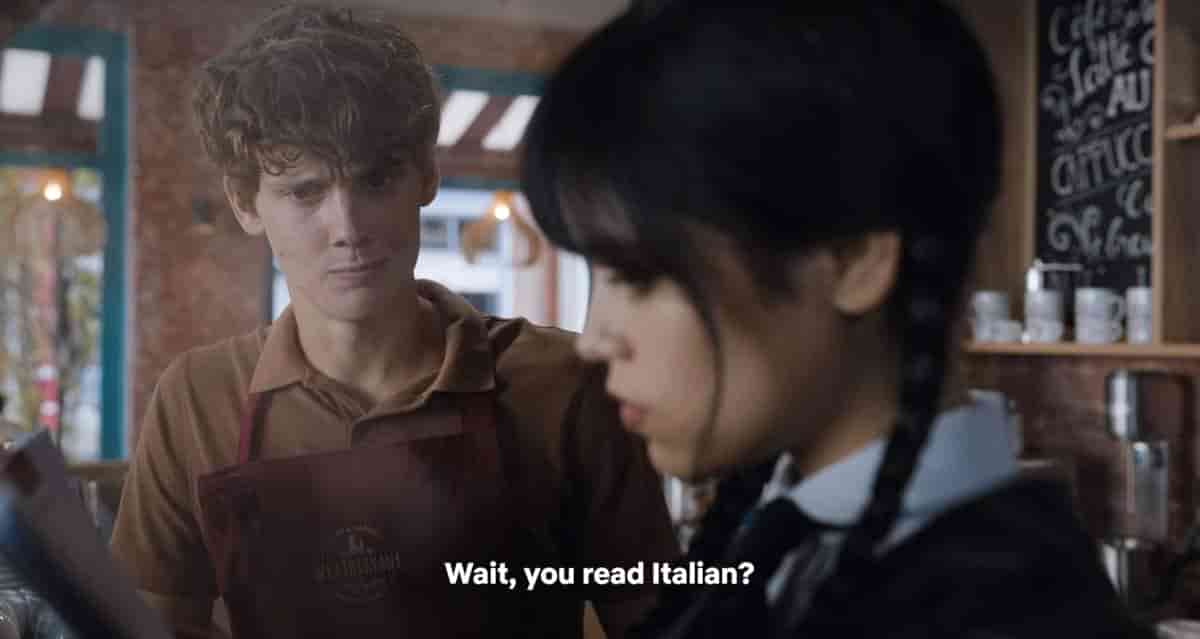
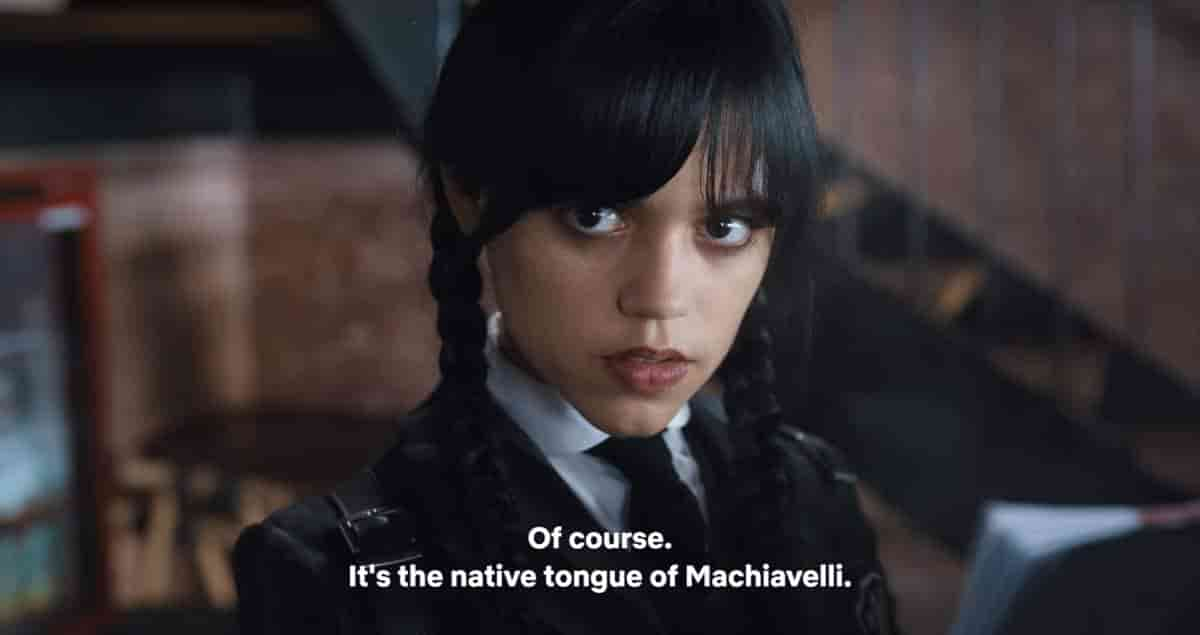
Of course, fictional characters are neither autistic nor psychopathic. In supernatural stories especially, we are talking about allegory. However, allegory is still powerful, and still has realworld effect.
When Wednesday bids farewell to her family, who she clearly disdains, she tells her mother, “I will never be like you. I will never fall in love, or be a housewife, or have a family.”
Now I’m expecting an aroace decoding for Wednesday, which would be another big mistake if — by aroace — semi-queer-literate audiences jump to “incapable of falling in love”. (Aroace refers to the asexual, aromantic spectrum.)
Asexual: having little to no experience of sexual attraction and/or sexual desire; a self-contained sexuality.
Aromantic: having no interest in or desire for romantic relationships, but being perfectly capable and almost always desirous of many other kinds of deep relationships.
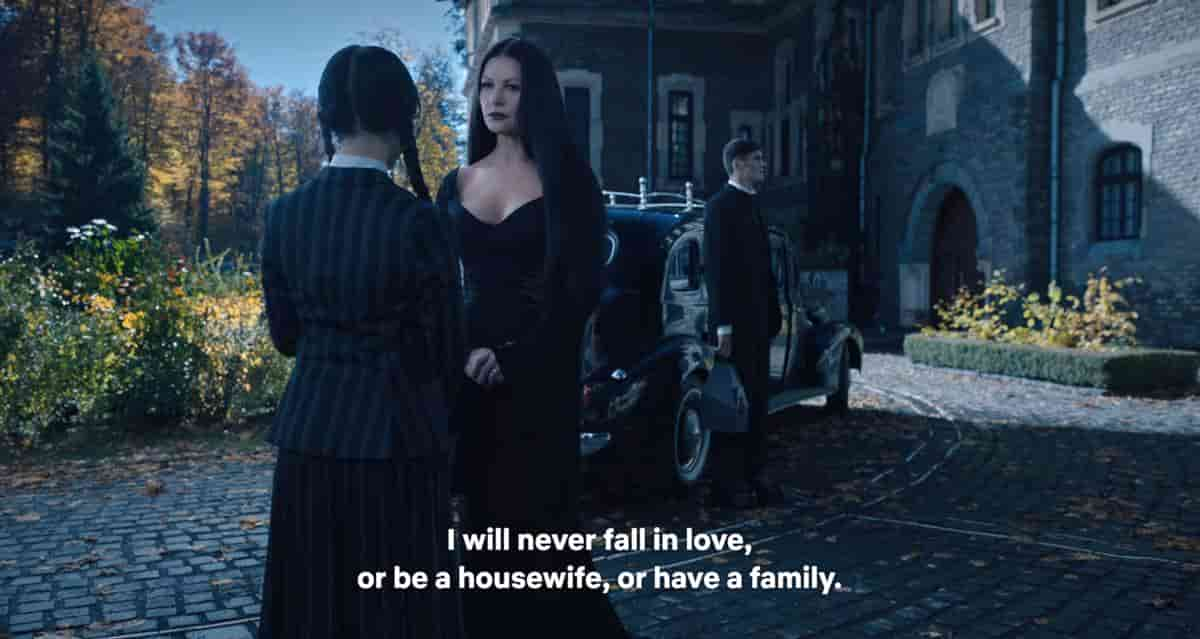
Wednesday Addams could serve as brilliant aroace rep.
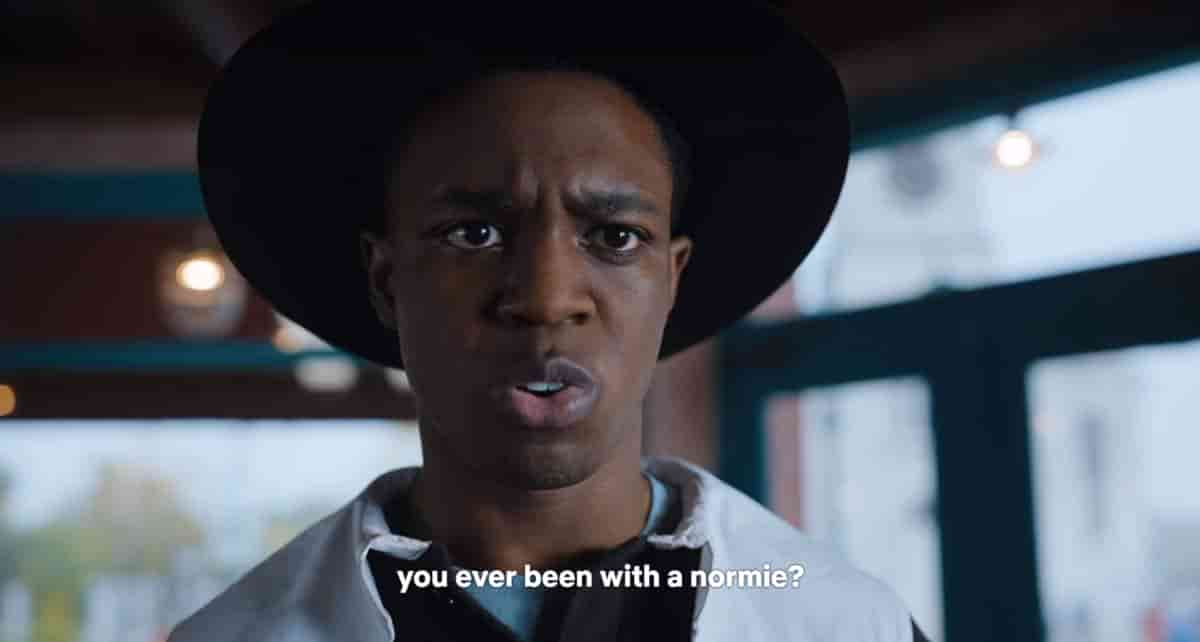
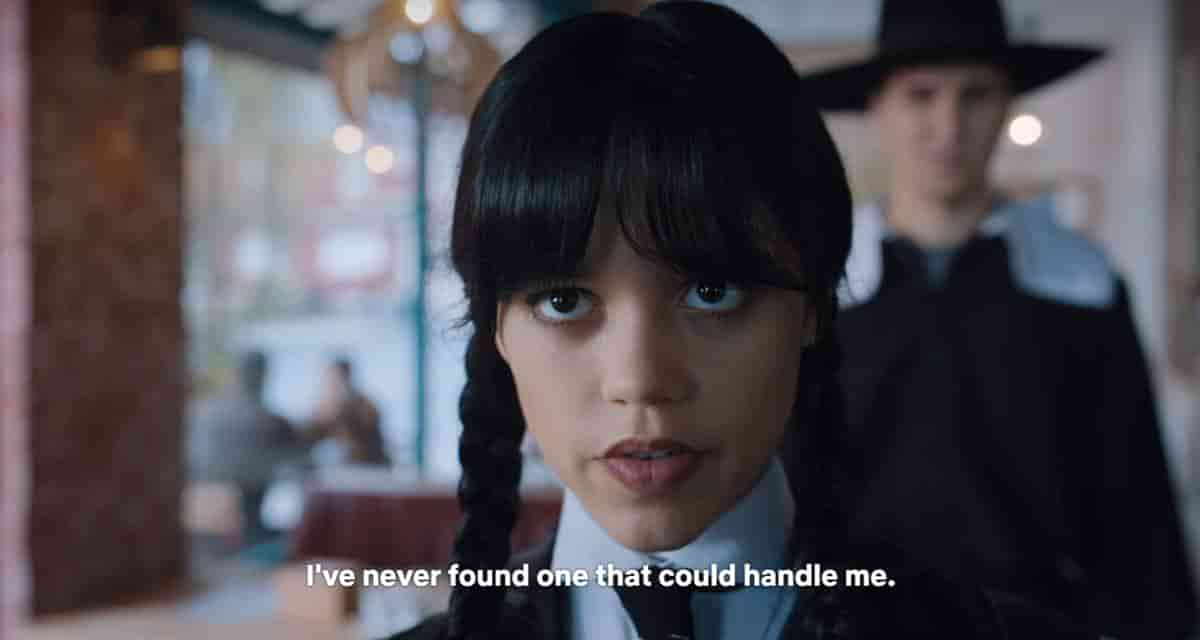
But if history is any guide, writers will ensure Wednesday falls in love before long. If they’re ‘edgy’ they may make her an allosexual (non aroace) queer. Let’s see.

THE BLACK DAHLIA
So far we’ve had allusions to a nursery rhyme, to Poe, to Shakespeare’s Ophelia. Now the dorm mother presents Wednesday with a black dahlia, which Wednesday declares is her favourite unsolved murder.
She’s referring to the 1947 murder of a 22-year-old Hollywood hopeful called Elizabeth Short in Los Angeles. (Again with the 1940s references. This is an era Wednesday is clearly enamoured by.) Elizabeth Short was known as The Black Dahlia in popular press. He corpse had been mutilated to the point where she was bisected at the waist.
(Is there a statue of limitations regarding when it’s okay to appropriate gruesome crimes for fictional purposes? At least, we hope, everyone who knew and loved Elizabeth Short is dead now.)
“The Black Dahlia” is probably a riff on The Blue Dahlia (1946), one of the tentpole films noirs.
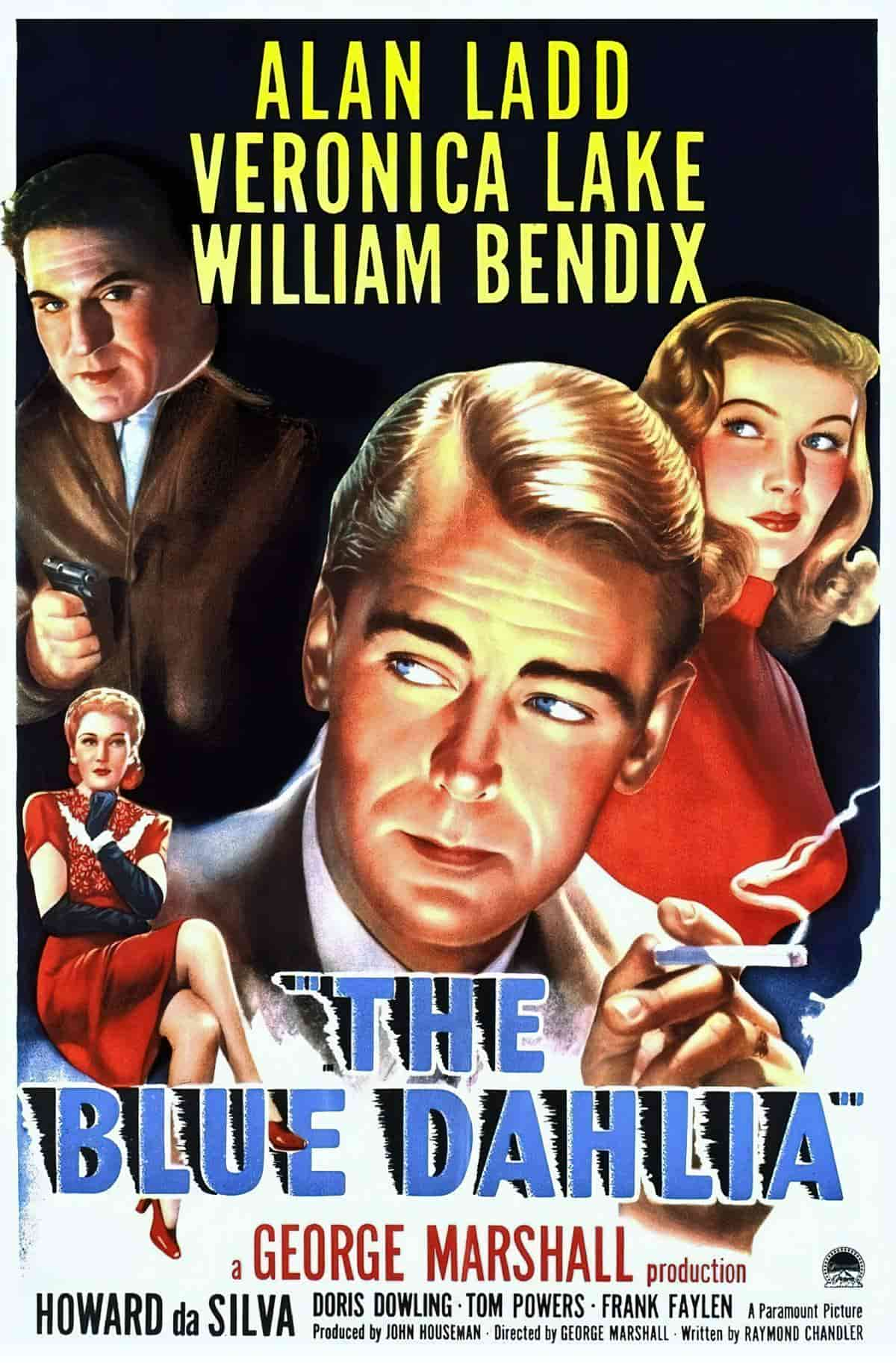
Clearly, film noir was part of the problem in the dehumanisation of murdered, good-looking women. Wednesday loves that era for its prurient interest in crimes against women, and doesn’t seem to realise that she — her type — are the perfect victim. We can so far call Wednesday many wonderful things, but we cannot call it progressive. Wednesday’s answer to feminism is becoming as violent — more violent — than the most violent of film noir men. We see this in the very next scene as she challenges the self-appointed Queen Bee to a fencing challenge, sans the protective masks.
POSSIBLE LOVE INTERESTS
THE FALSE FRIEND
I’m expecting a love interest to come up but it’s clearly not Rowan, the archetypal asthmatic nerd who, later in the same episode is revealed as a fake friend. He’s been sent to the school by his mother, who sees visions, to slay Wednesday before she slays the entire school. So that’s his role.
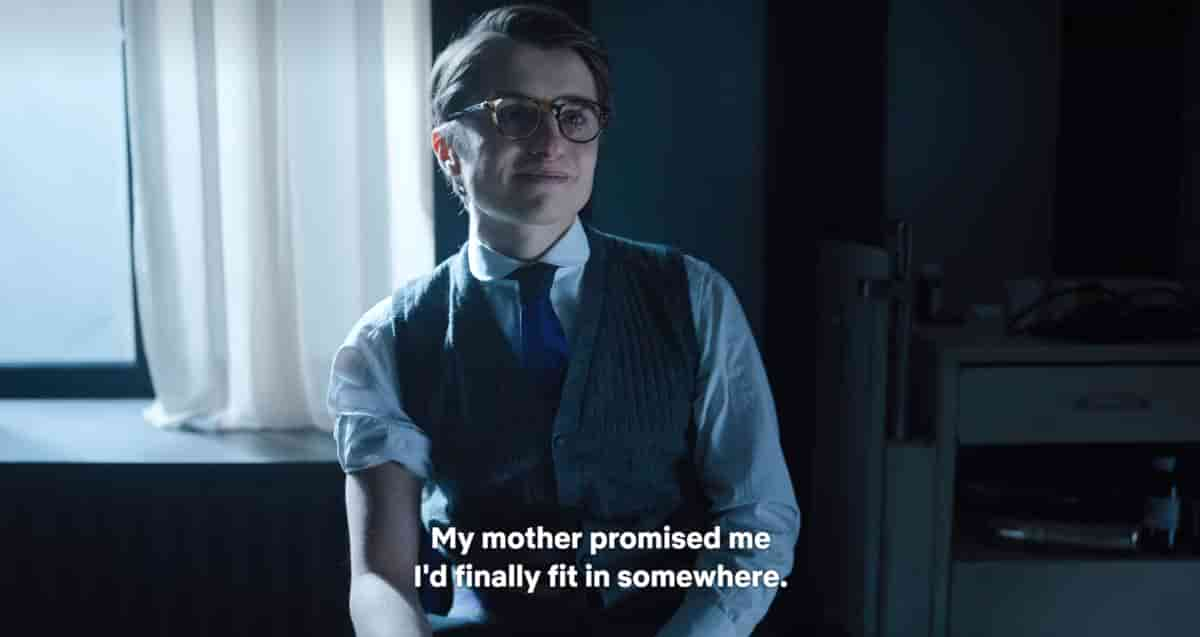
FATED LOVER
Then there’s the ex-boyfriend of Bianca, the siren Queen Bee who saves Wednesday from a falling gargoyle statue in the dramatic manner of a Regency hero. Xavier Thorpe. A potentially romantic scene is subverted when Wednesday wakes up in an infirmary with this boy at her side and instead of gushing thanks says, “The last thing I remember I was walking outside feeling a mixture of rage, pity and self-disgust. I’ve never felt that way before.”
Wednesday is an outsider to this environment and also an outsider in her own ‘story’. Like her audience, she is aware that this boy just behaved like the hero of a classic story, so writers make the decision to have Wednesday explicate the allusion, with a dash of (what I would call pseudo-) feminism thrown in:
You tackled me out of the way. Why?
Wednesday
Call it instinct.
So you were guided by latent chivalry, the tool of the patriarchy, to extract my undying gratitude?
I am always a little skeptical when male writers and directors create young women who talk about feminism. I’m increasingly wary. (Do they really think this is what feminism looks like, or is this the writers satirising Wednesday in the way Wednesday satirises everything and everyone else, in another instance of mise en abyme?)
As always, effect is more important than intent. And we laugh at girls who talk about patriarchy when they’ve literally just had their life saved by a boy. This juxtaposition says something: “Patriarchy is a bullshlt concept. Look at this little girl going on about it, ha ha ha.”
My thoughts on this are cemented in the café scene. “Pilgrims” confront Wednesday, who points out the racist history behind a Pilgrim Museum. In what I suppose we are meant to understand as comical irony, it is in fact the Black boy’s father who owns the museum with the racist history. This doesn’t make a pilgrim museum not racist. But that’s the ideology expressed in the joke: That it can’t be racist after all. A self-own on Wednesday, who has absorbed ideas. And she is insufficiently mature to understand the complexities. Her injustice sensitivity is too high. (That’s a point in favour of Wednesday as autistic, actually.)
Ironically, the back-and-forth that follows between Wednesday and Xavier kicks off a friends-to-lovers plot in the fully-expected manner of a genre romance. These two have a connection that goes back decades. Their grandmothers were partners in crime. Xavier reveals that Wednesday saved him from being burned when he hid inside his grandmother’s casket during a game of Hide and Seek. Finally, we have Wednesday’s Save The Cat moment. Though Wednesday denies saving him on purpose, this marks the point where Wednesday becomes a little more empathetic to the audience. Until now, we have appreciated her one-liners, but witty one-liners won’t sustain us through a season unless we learn to like her just a little — or at least understand what made her the way she is.
CAFE BOY
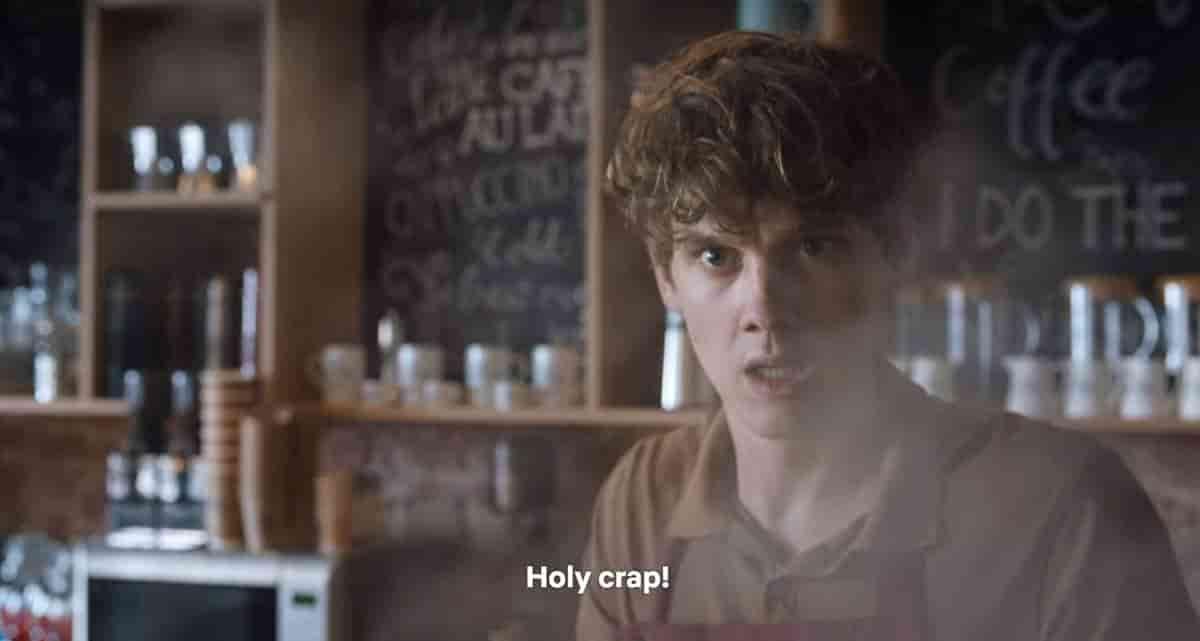
Later, on a ‘supervised’ trip into the nearby town, Wednesday escapes from her mandated psychology session via the bathroom window. She requests a very strong coffee from a young man who tells her the machine is broken, so she fixes it for him, revealing that she is able to read (instructions in) Italian.
Tyler shares an “I understand you” moment with Wednesday by seeing through her crap. He declares he can’t be bought even when Wednesday offers him forty bucks to give her a ride out of this hell hole.
Grim Reaper Barbie. Makes perfect sense.
Tyler
He’ll later agree, after a visit from her ‘pet hand’ (the hand does not like being called Wednesday’s ‘pet’ — a gag I bet they’ll only get away with once). In fact, the hand is functioning more like a guardian angel or better still a body guard or spy, creeping around where even Wednesday can’t see it.
On the subject of the hand, we’re not sure if this is the hand of the guy who was murdered in the woods. Her father let it out of the car to ‘look after’ his daughter. She eventually finds Thing at about the midway point as it scuttles around under the bedclothes while she types. When Wednesday calls the hand “Thing” it’s clear she knows it from way back, and now I understand(?) this is not the dismembered, freshly magic-ified hand of that mutilated guy in the woods (whose death the sheriff will attribute to a ‘bear’.)
If Xavier is a good match for Wednesday due to being of the same social class, Cafe Boy Tyler Galpin fits into the love match slot. If this is a love subplot. Which remains to be seen.
WEDNESDAY’S PLAN
As ever, at the midway point (30 minutes in), Wednesday tells Thing she has a plan for escape. Then we see that plan play out. (It’s amazing how frequently this happens at exactly the midway point — the flip from reactionary to actionary. It’s clearly not just a loose guideline for screenwriters — it’s an actual thing.)
Anyway, because Wednesday is smart, it’s fun to watch her try and escape.
Principal Weebs is an interesting character, contrary to familiar teacher and principal archetypes. She’s styled more like a Stepford Wife archetype than anything, either oblivious or deliberately ignoring Wednesday’s smart comebacks. Whether she’s using this as a student management tactic or genuinely oblivious is irrelevant because the effect is the same: She comes across as an automaton.
When everyone in a story seems dehumanised, this is generally terrifying for a main character. Not for Wednesday, though. A principal who is ridiculously even-keeled is exactly the sort of person who will (hopefully) fail to see Wednesday escape right in front of her. After all, automata cannot truly ‘see’. They are inhuman.
Meanwhile, the audience watches and waits to see how smart Principal Weebs really is, and how much she really knows.
Inside the psychologist’s session, the blonde, preppily-dressed psychologist busts out with all the clichés audiences would expect from a psychologist in the first thirty seconds. She, too, is basically an automaton as far as Wednesday is concerned. Except now we’re starting to see it, too. If Wednesday psychopathically dehumanises people in her solipsistic bubble, now we are doing the same thing. We definitely want Wednesday to get out of that room, right?
My personal philosophy is kill or be killed.
Wednesday Addams
Wednesday plans to escape during Harvest Festival, taking Tyler up on his offer of a lift to the train station. She borrows her roommate’s laptop to communicate with him about his plan.
THE APPLE MOTIF
When Wednesday escapes her psych session by sliding down a drainage pipe, she runs into a farmer bringing a cartload of apples to town market. Remember how Pugsley was found in Wednesday’s locker with an apple stuck in his mouth like a pig about to be spit-roasted? Now apples tumble everywhere. Again, with apples as provocation, Wednesday experiences retrocognition. This nasty old man has been involved in a hit and run.
What’s with the apple motif? Multivalent symbolism no doubt. For now I connect it to the English idiom upsetting the apple cart. Which describes Wednesday’s installation at Nevermore.
Soon after, in the cafe fight scene with the Pilgrims, the apple imagery makes increasing sense:
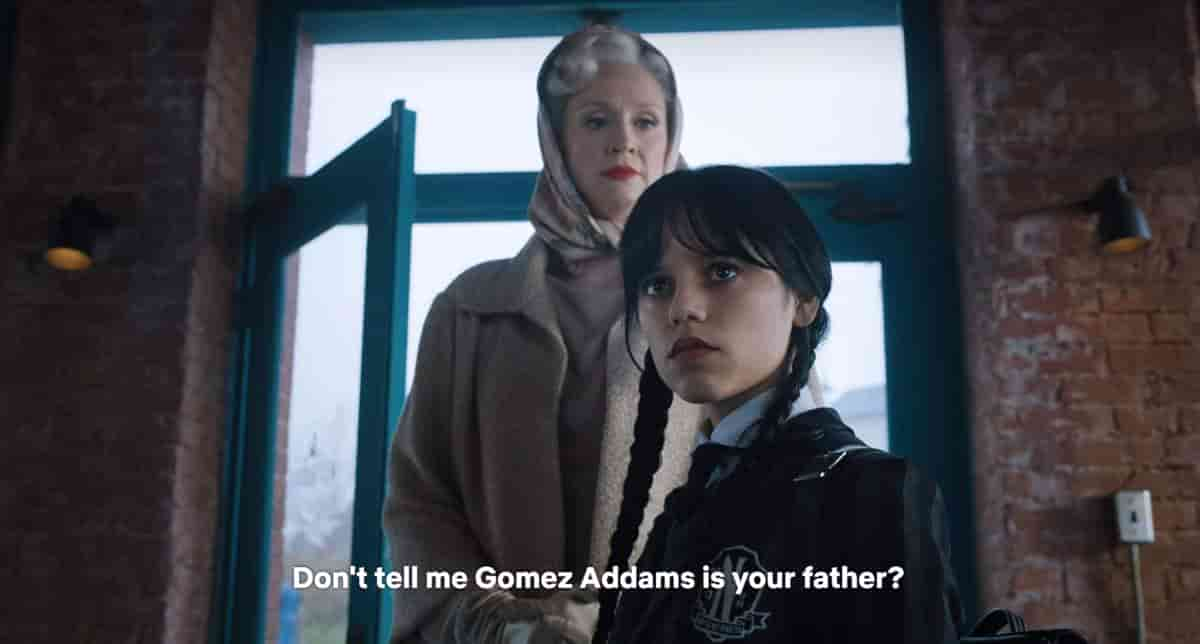
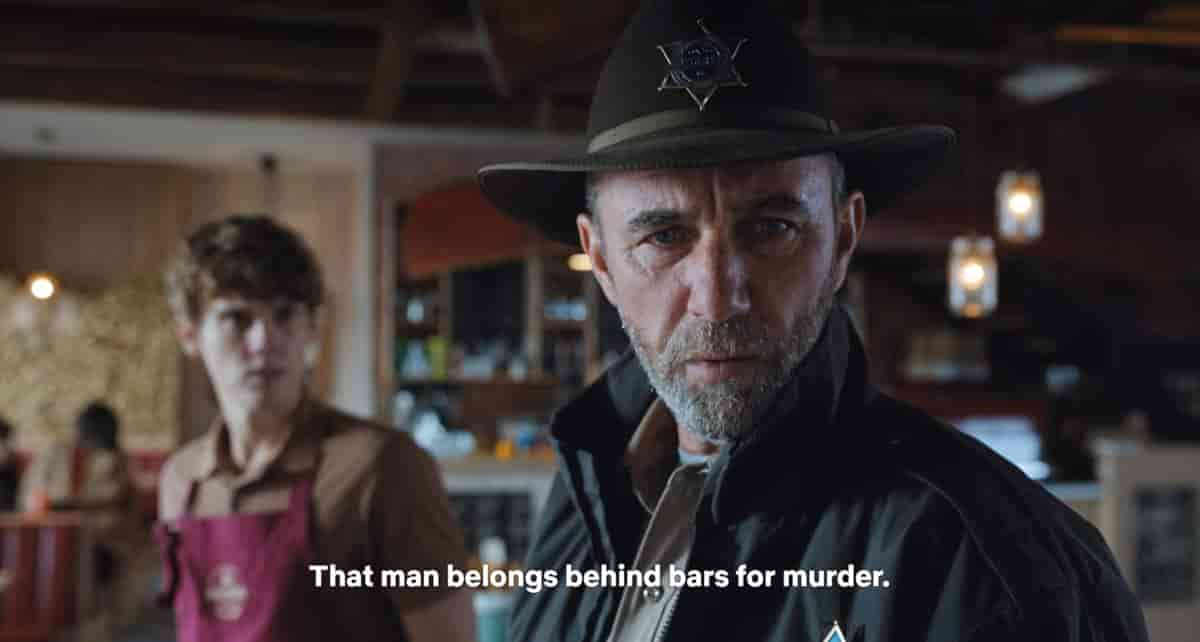
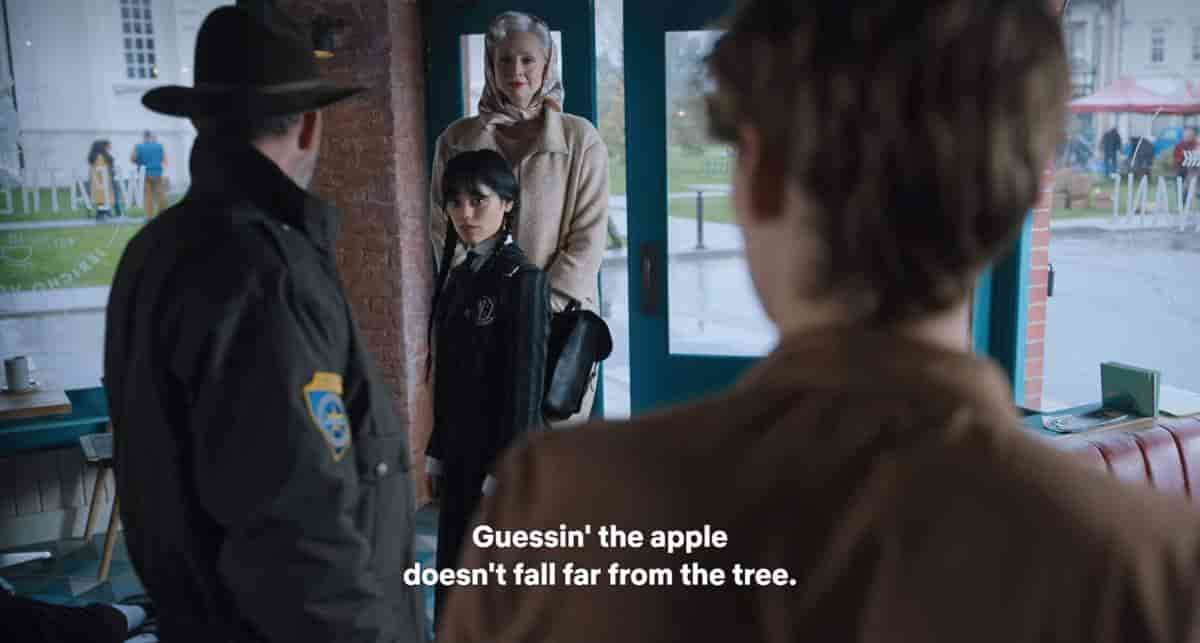
At this point I’m wondering if Wednesday’s recently-found powers of retrocognition are clueing her into the historic misdemeanours of her very own parents, which would be reason for trauma in its own right.
WEDNESDAY IS NOT A PSYCHOPATH, EITHER
During a tender(ish) moment with Enid, we get information on what writers call a ‘ghost’ or a ‘psychic wound’. In a bullying incident, Wednesday’s beloved pet scorpion was killed to upset her. Audiences are likely to deduce that this is one of many similar incidents in which Wednesday learned to put up barriers. If this is the case, Wednesday is not a neurodivergent ‘natural born’ psychopath; rather, she simply admires (and studies) the psychopathic way of going about things.
If Wednesday were encoded as a proto-psychopath, she’d have killed Nero herself. Tyler confirms this read later when he hands Wednesday her father’s police file as a gift. Wednesday says, “I’m not used to people engaging with me.” Tyler replies, “You’re not scary. You’re just kinda… kooky.” Since Tyler is a sympathetic, normie-stand in character, his read is the ‘correct’ take on Wednesday Addams.
Wednesday replies, “I prefer spooky.”
Unfortunately, the word spooky has a racist past. “Spook” can refer to a ghost or to a spy. But it’s also, sometimes, a racial slur for Black people.
It wasn’t until World War II that spook started to refer to black people. The black Army pilots who trained at the Tuskegee Institute were referred to as the “Spookwaffe” — waffe being the German word for weapon, or gun. (Luftwaffe was the name of the German air force).
Once the word “spook” was linked to blackness, it wasn’t long before it became a recognizable — if second-tier — slur.
NPR, Code Switch
BIG REVEALS
Before the end of the pilot a few things are cleared up. This happens at the harvest festival, which is a night circus/fair reminiscent of the one in Euphoria. (Exact same set?)

- The dude with the asthma is an opponent.
- It was him who made the gargoyle fall on Wednesday (almost).
- This is what the thing in the woods looks like.
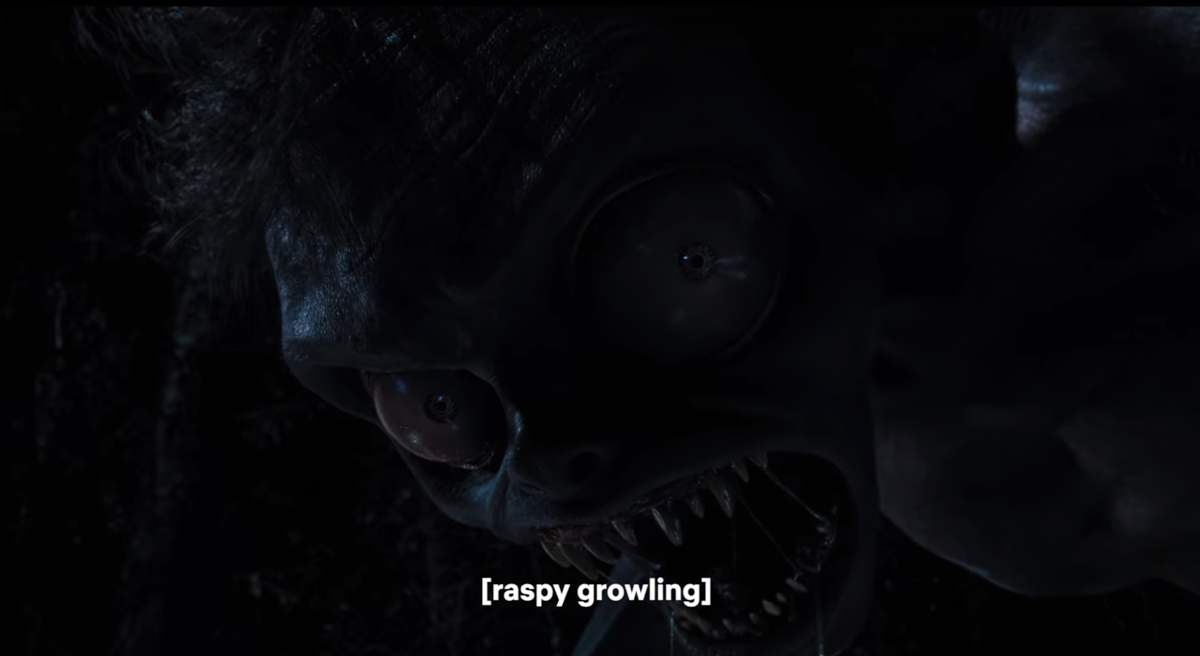
A SPIRAL ENDING
When Wednesday’s parents call to see how her first week went at Nevermore, Wednesday sums it up (in her head) for the benefit of the audience.
Let’s see. I narrowly avoided death twice, discovered that my father may be a murderer, learned that I could potentially destroy the school, and was mysteriously saved by a homicidal monster. “As much as it pains me to admit, you were right, Mother. I think I’m going to love it here.
Wednesday
Notice how the story has come full circle. As walking paraprosdokian, Wednesday decides she likes Nevermore Academy precisely because of those things.
Or perhaps we are better to think in terms of spirals. Going forward, we can expect the thin veneer of civility at Nevermore to spiral out of control with its latest Addams Family enrolment.
THE GOTH GIRL ARCHETYPE IN FICTION
- Violet from Pixar’s The Incredibles is a fairly contemporary example.
- American author Shirley Jackson specialised in Goth Girls. See, for instance, “All She Said Was Yes“.
